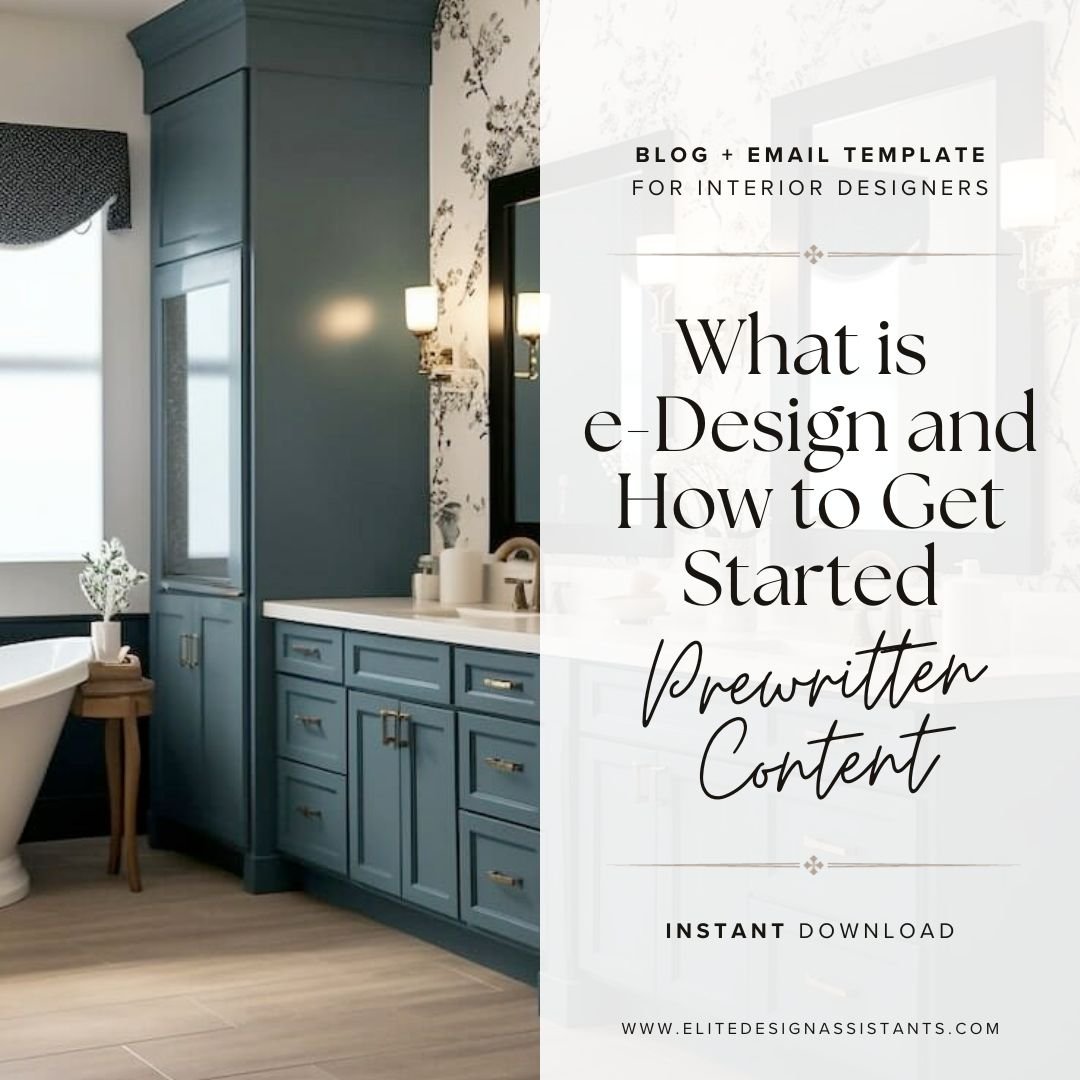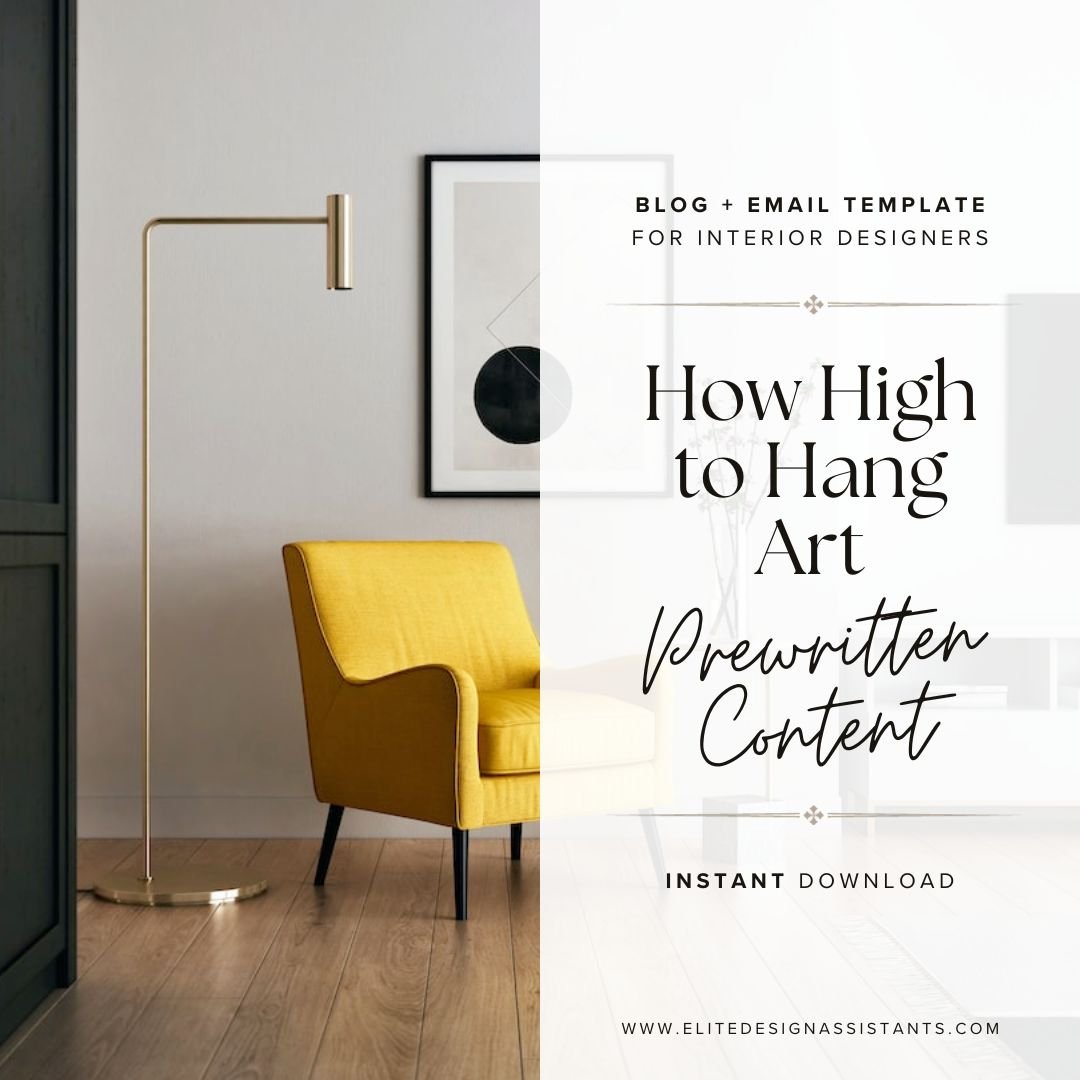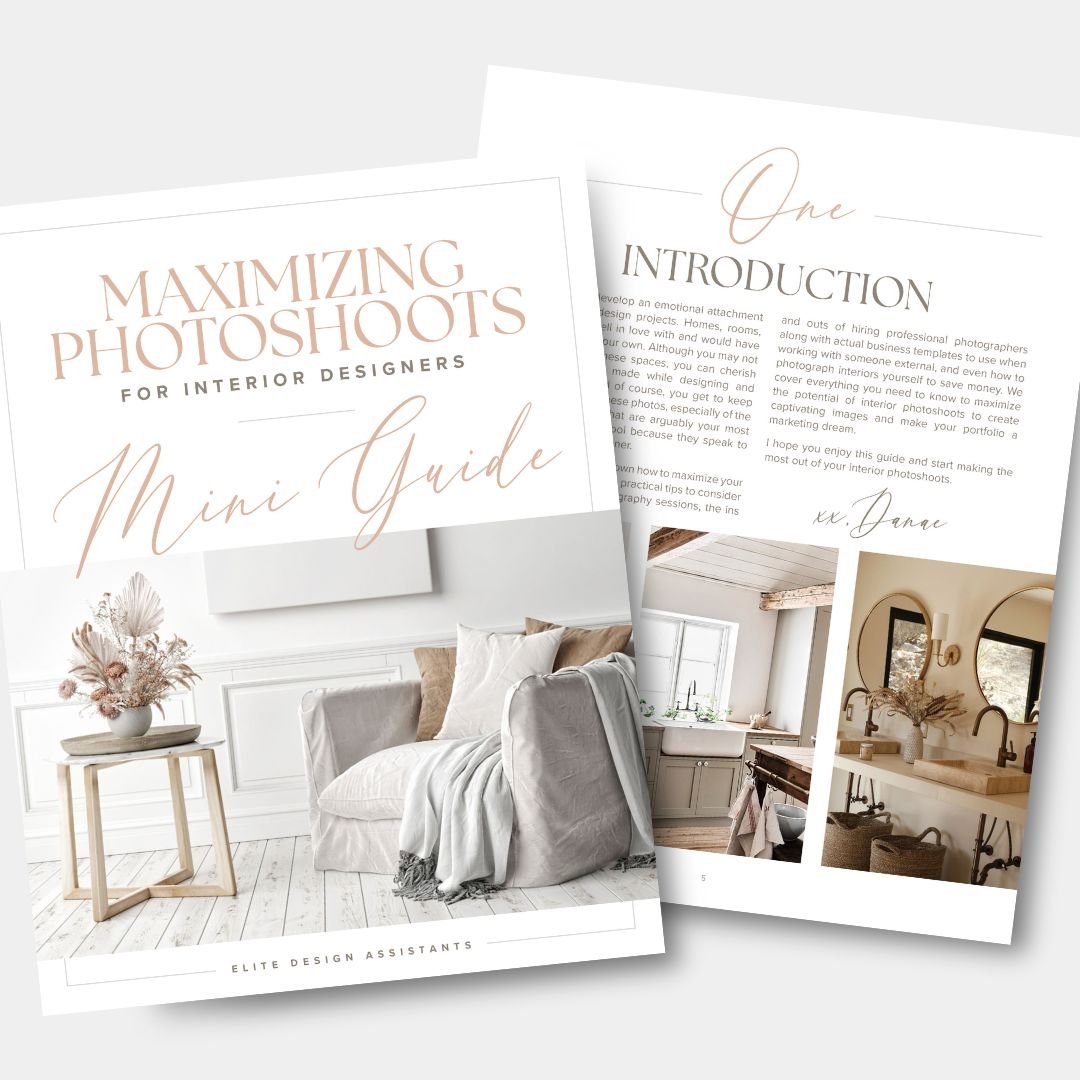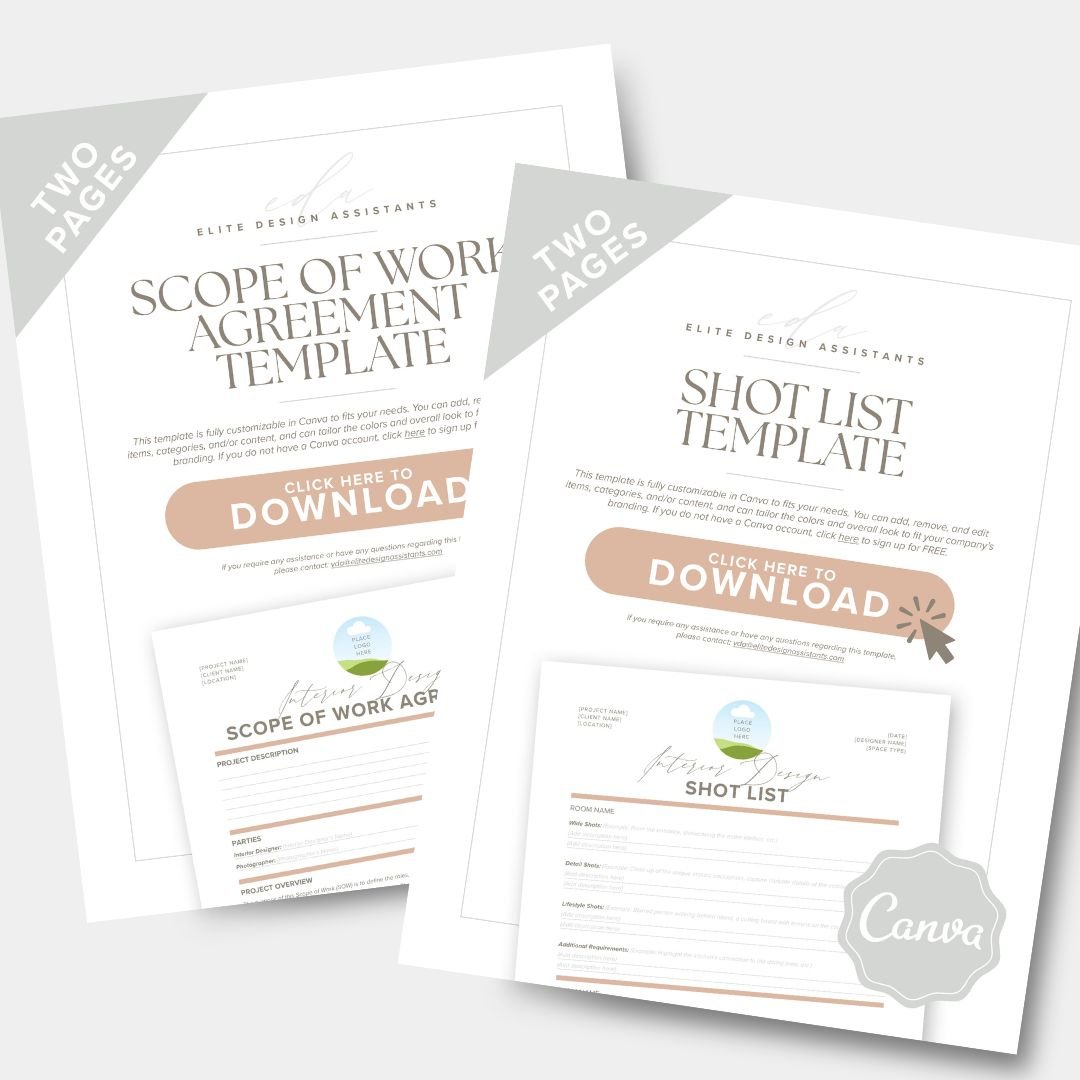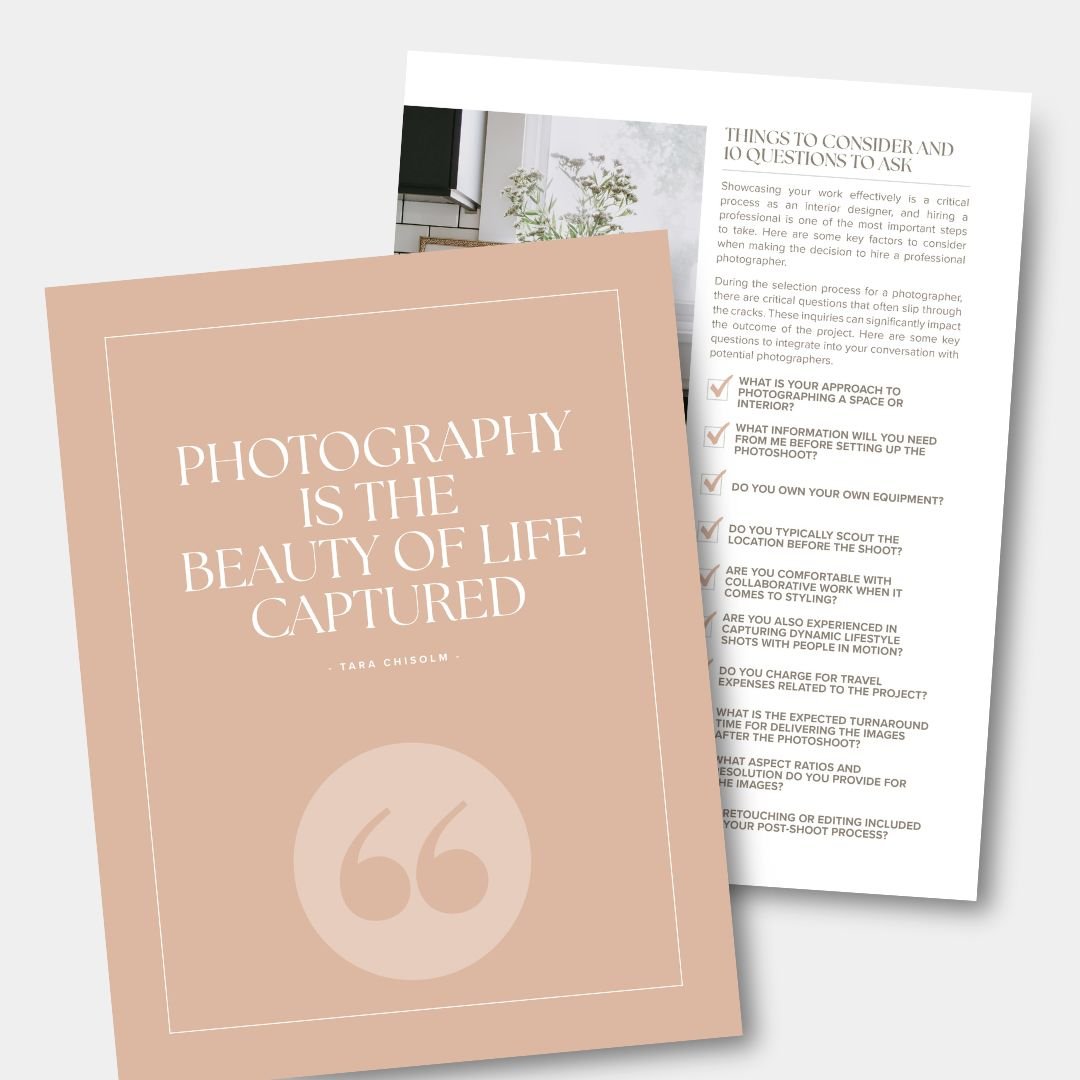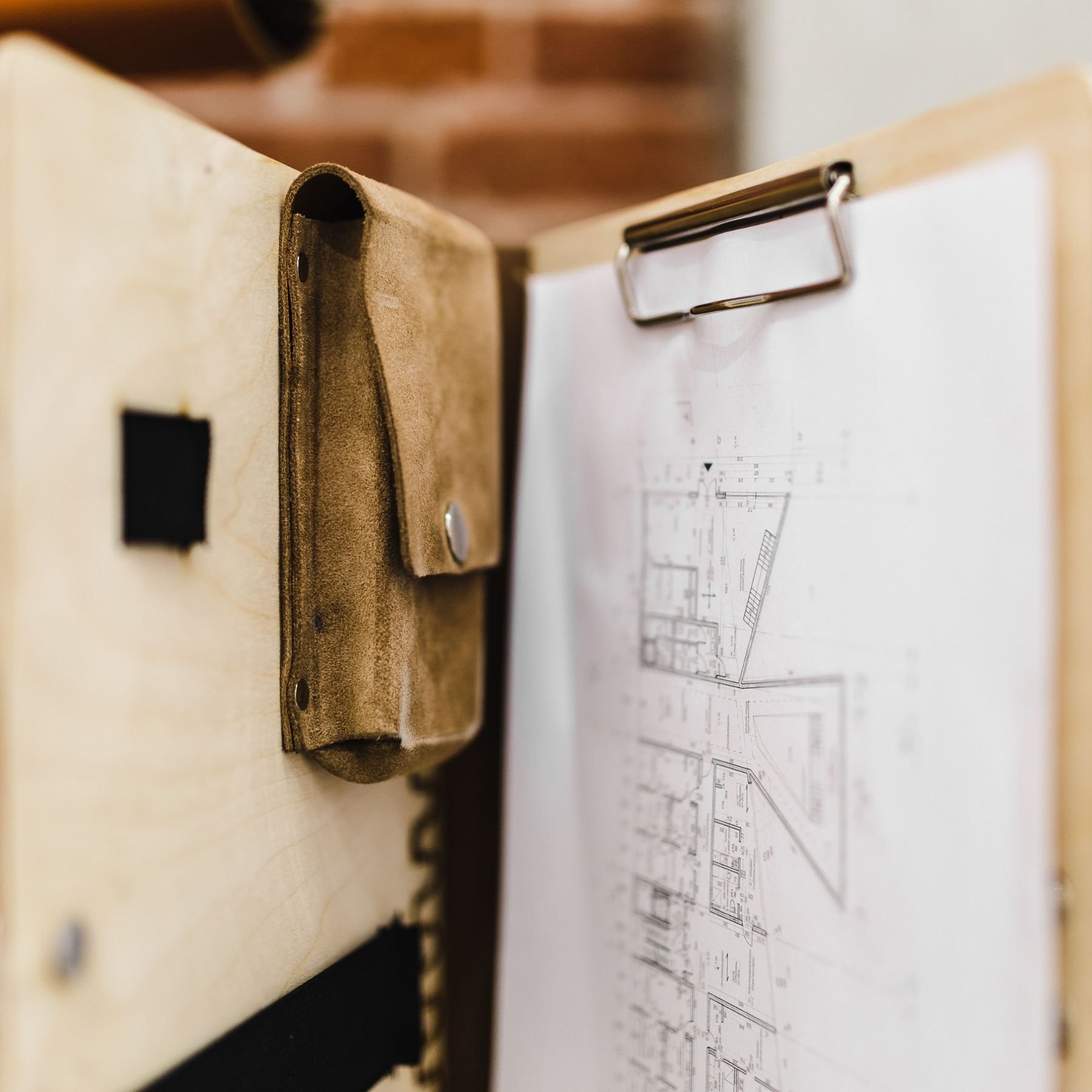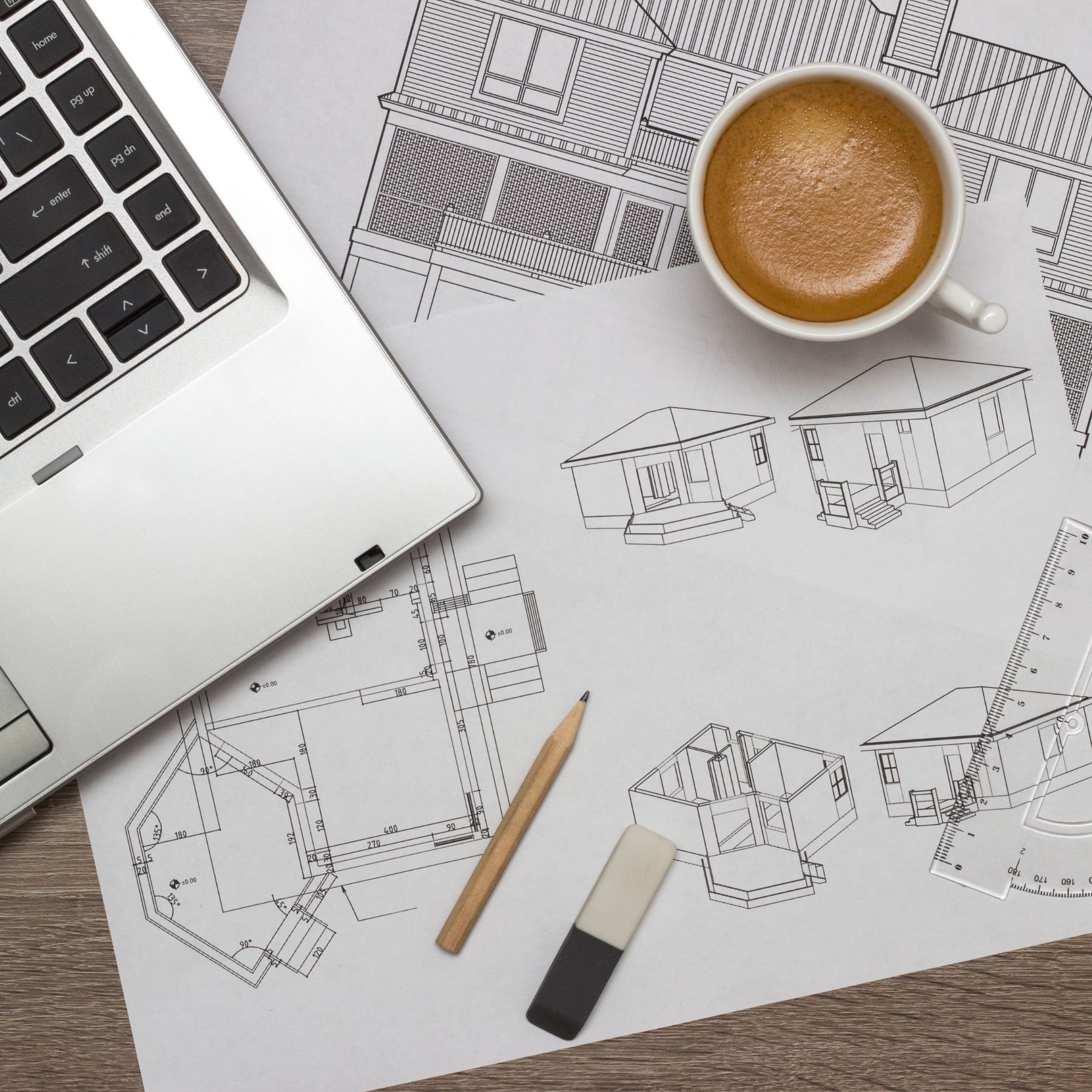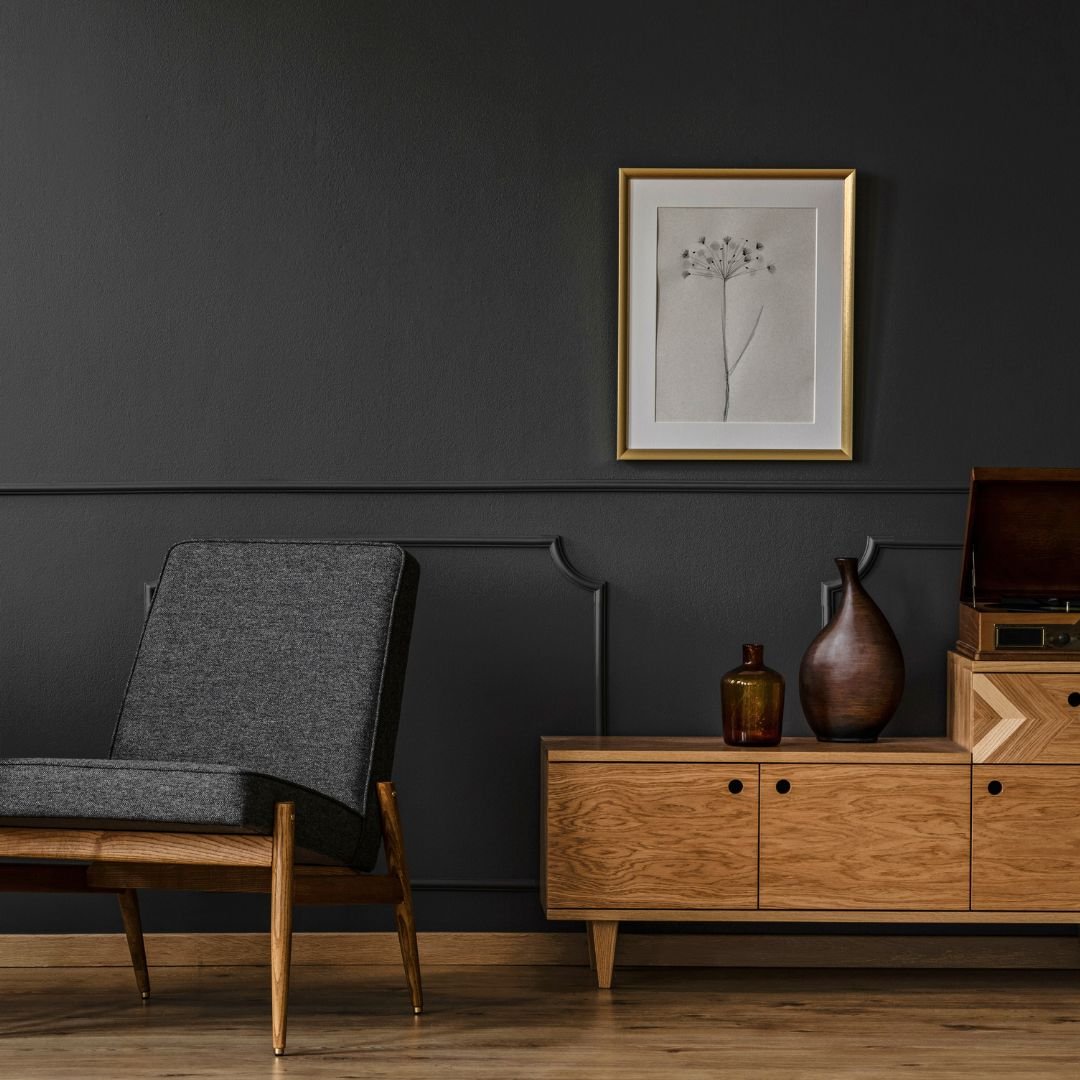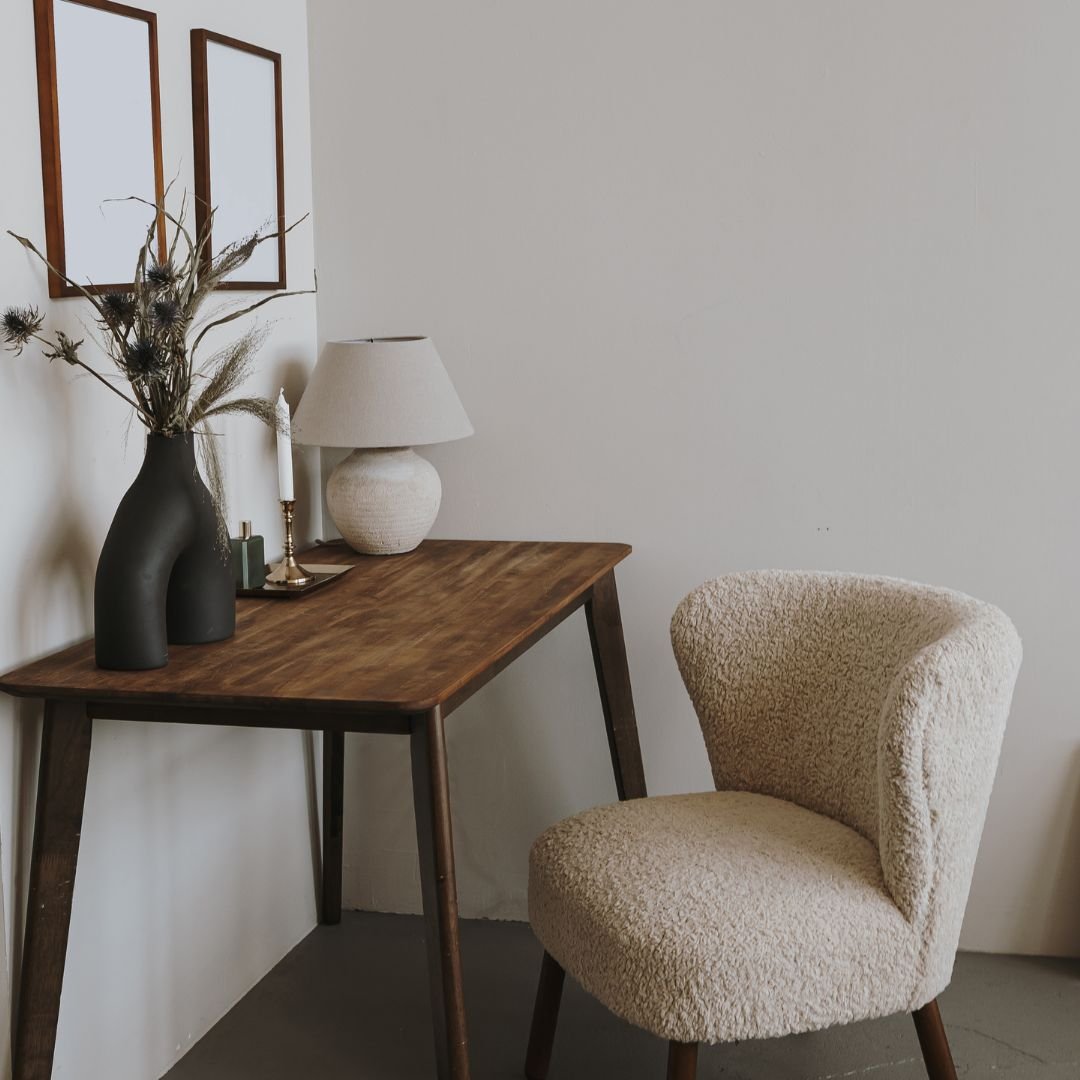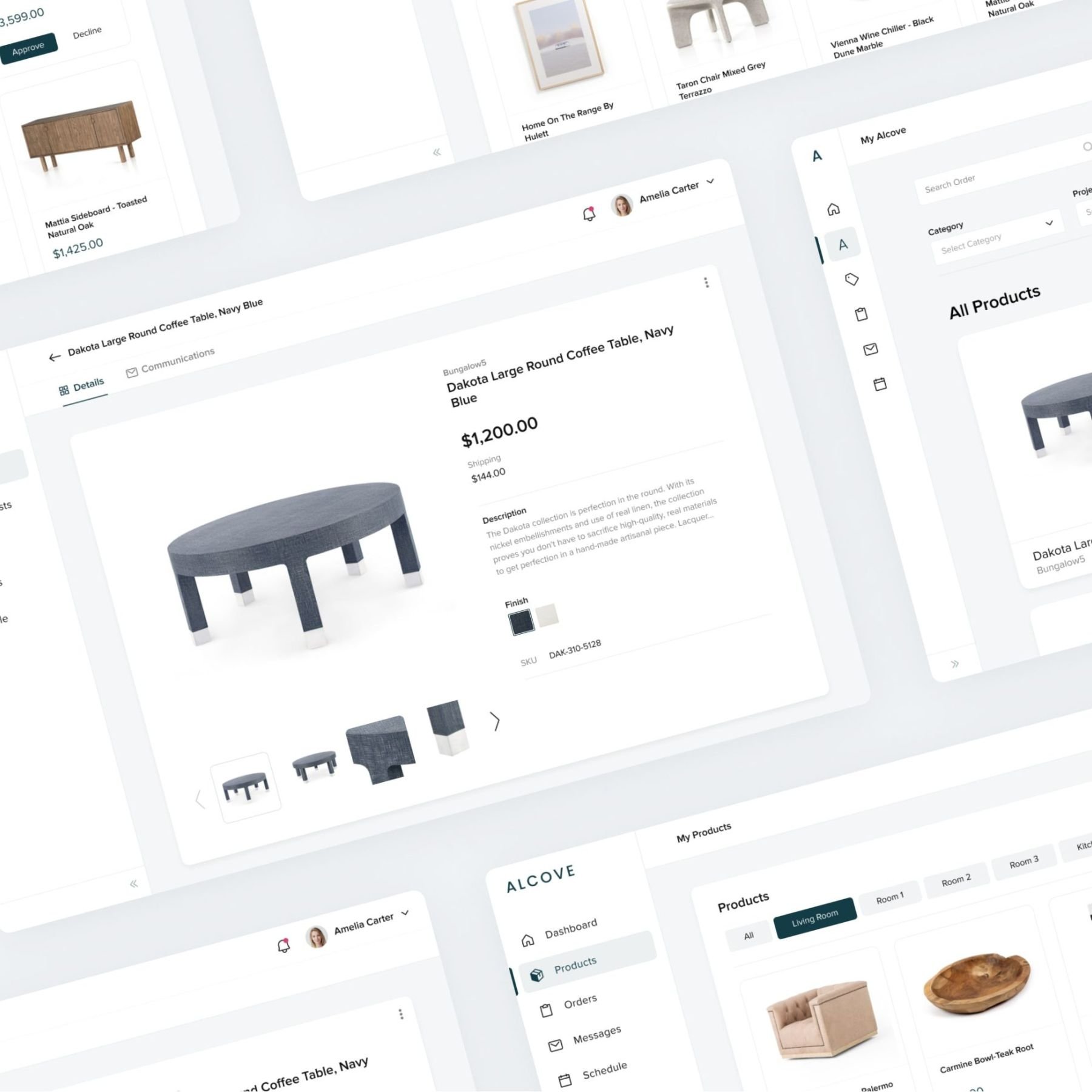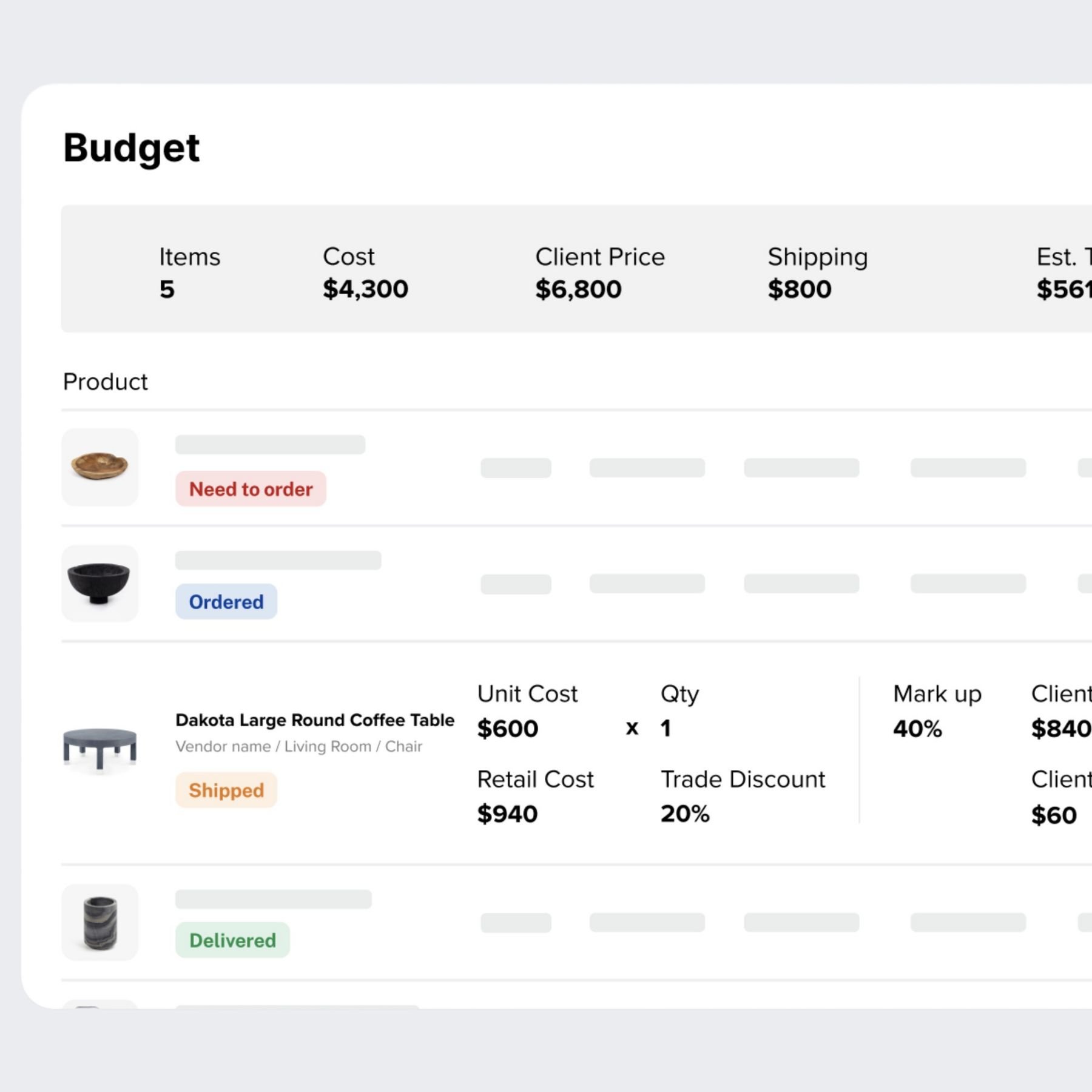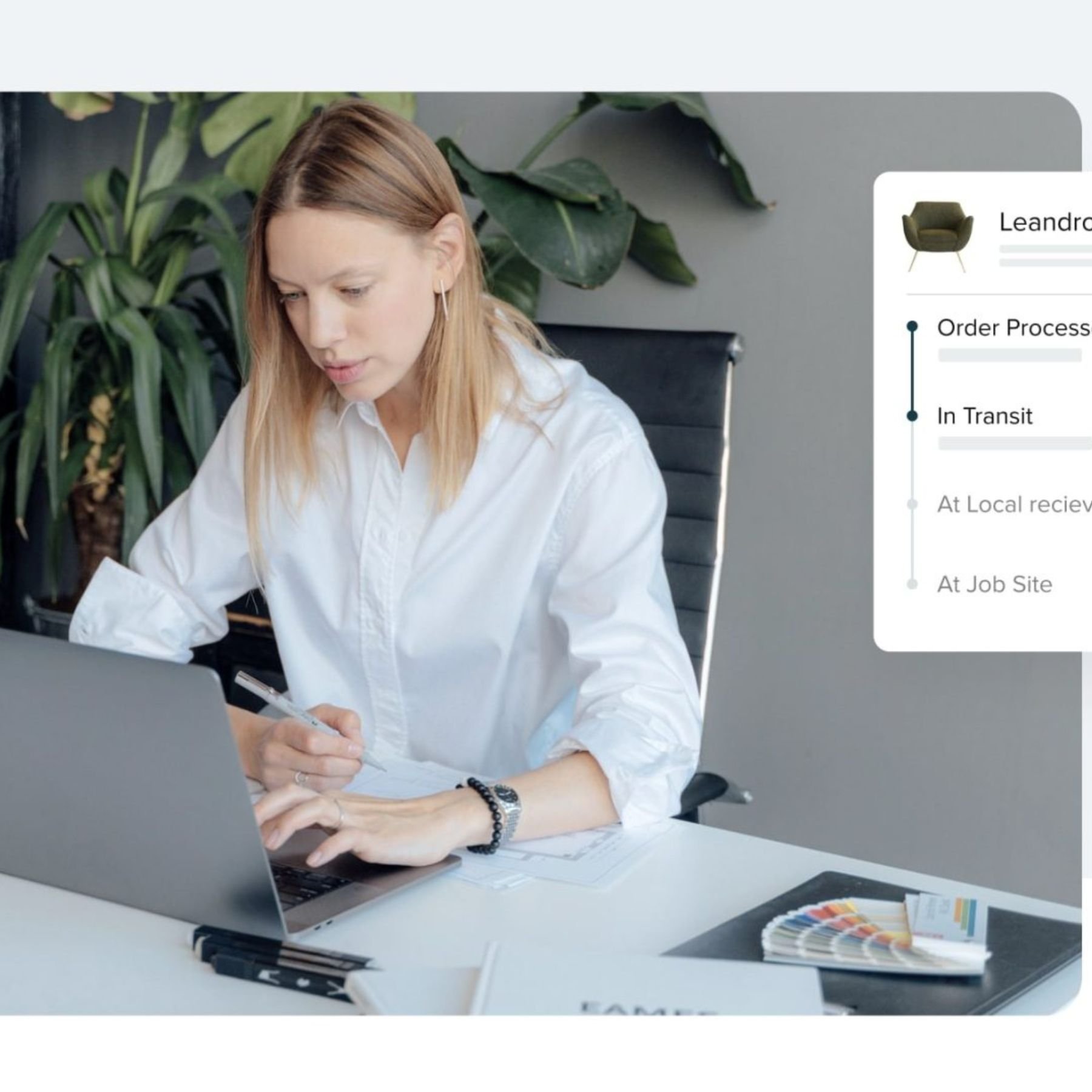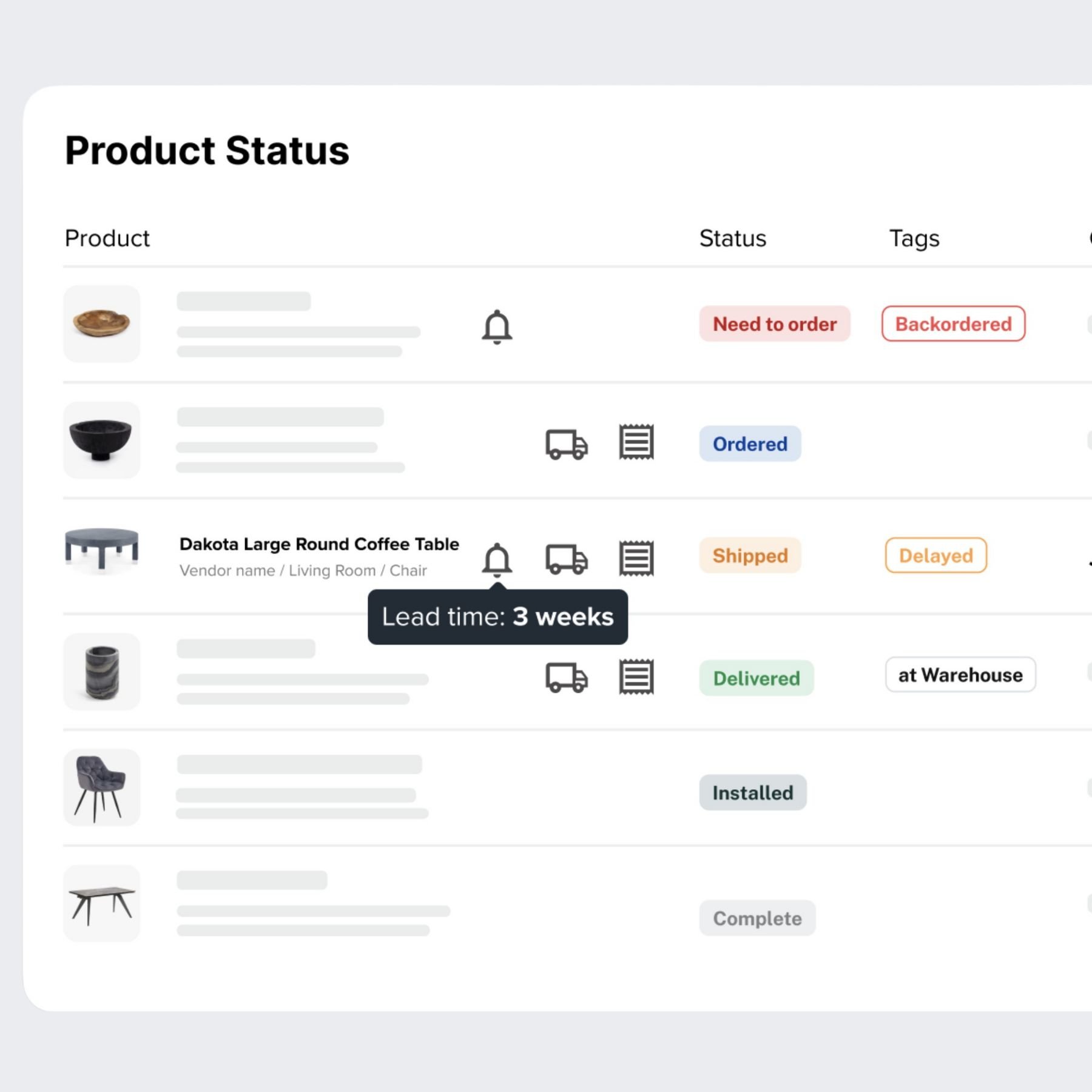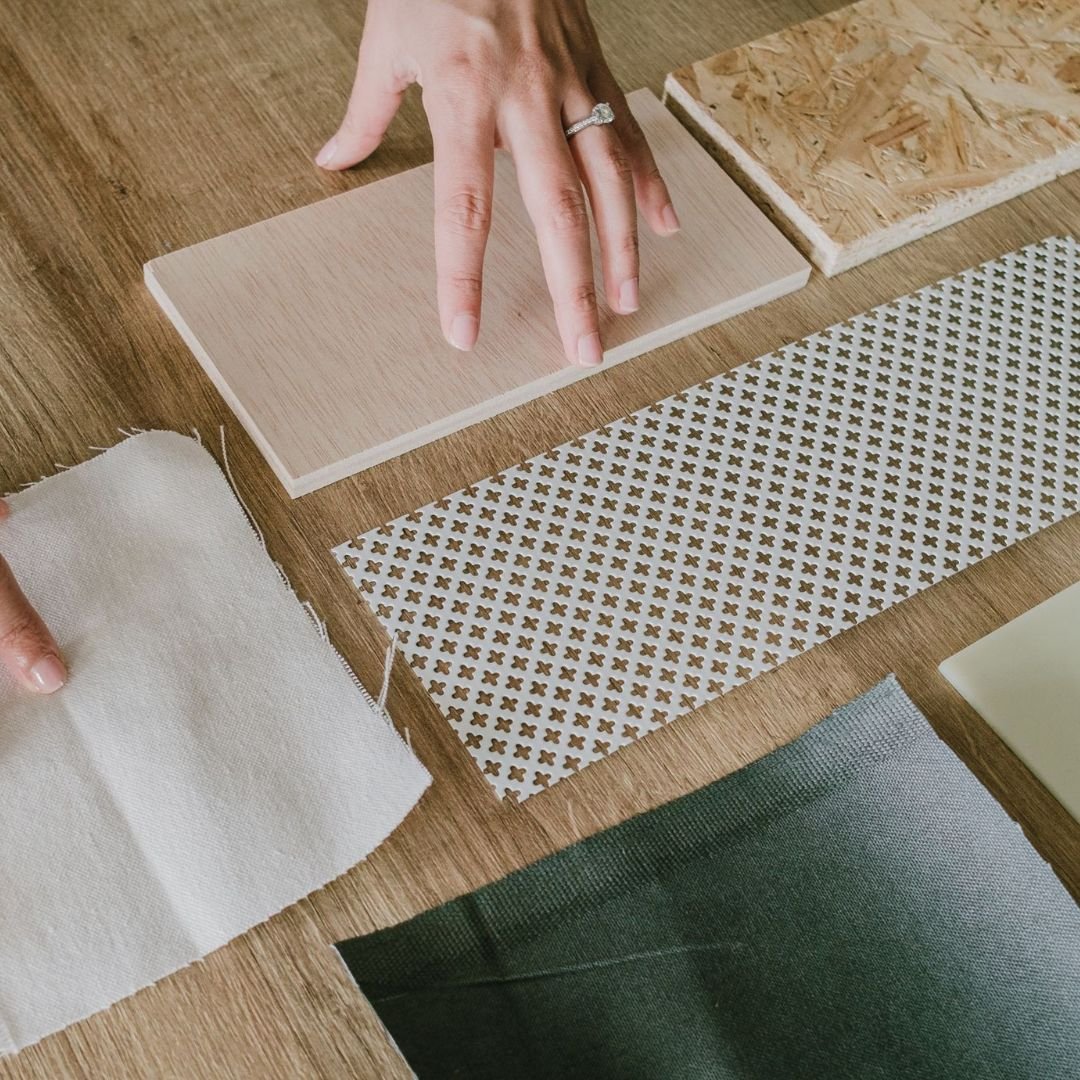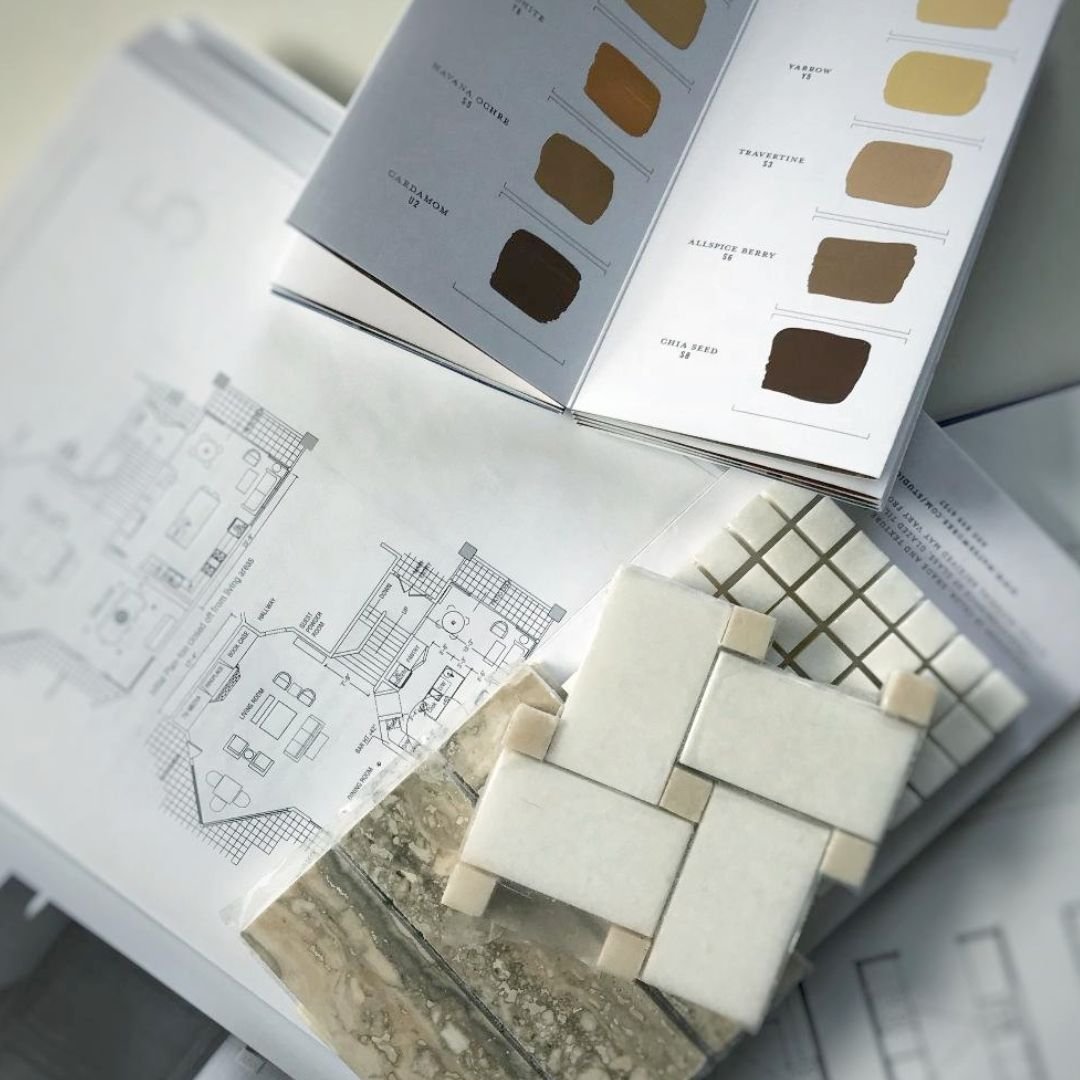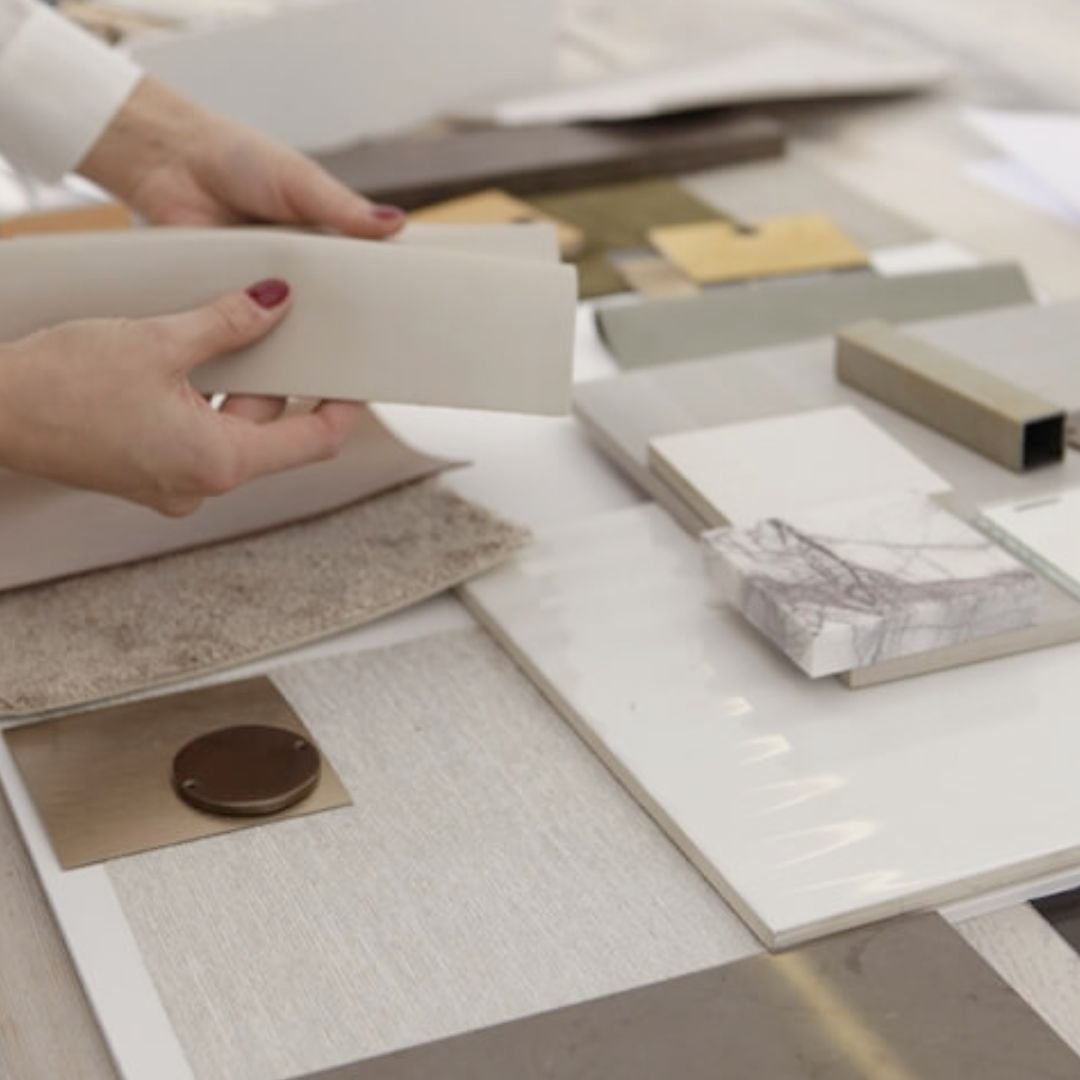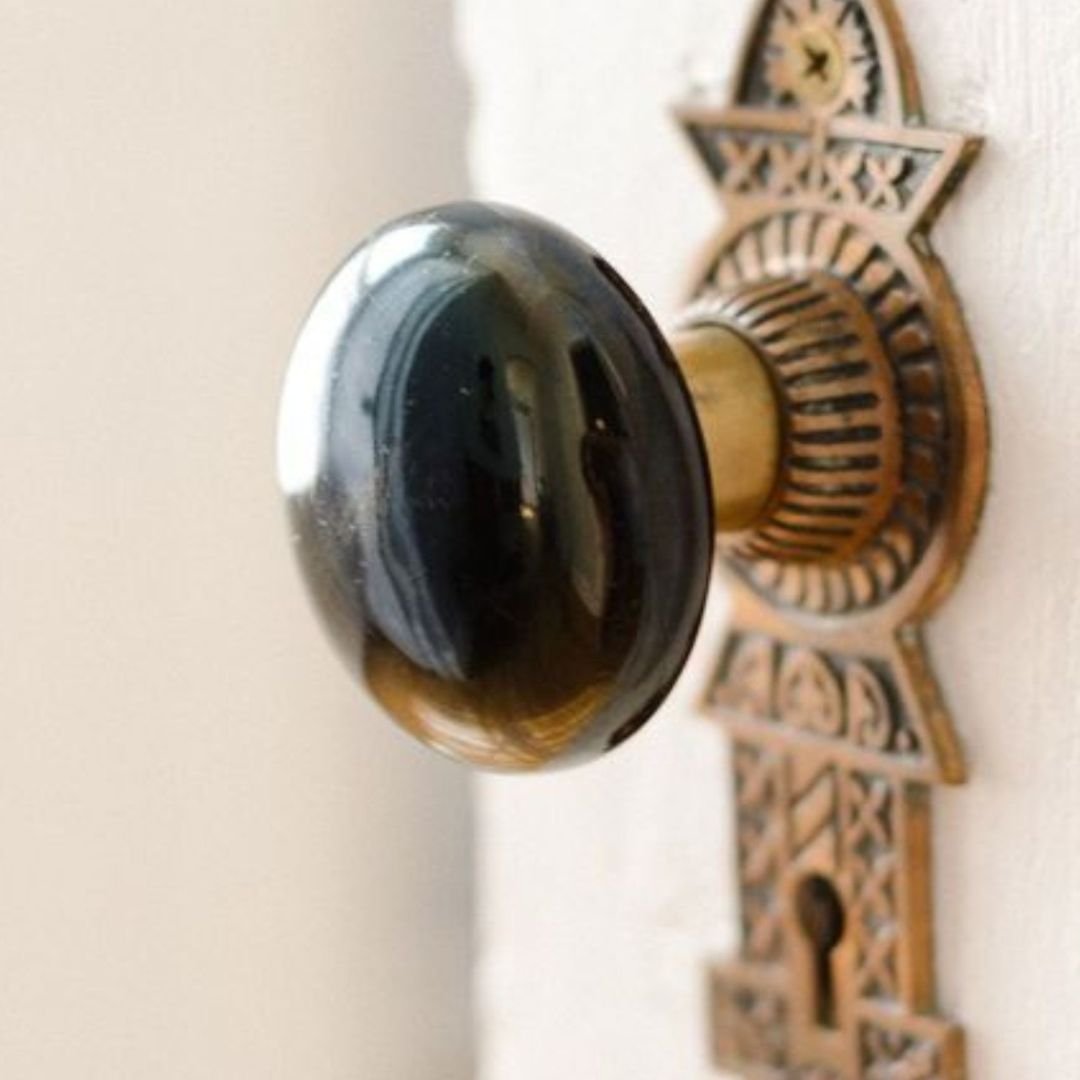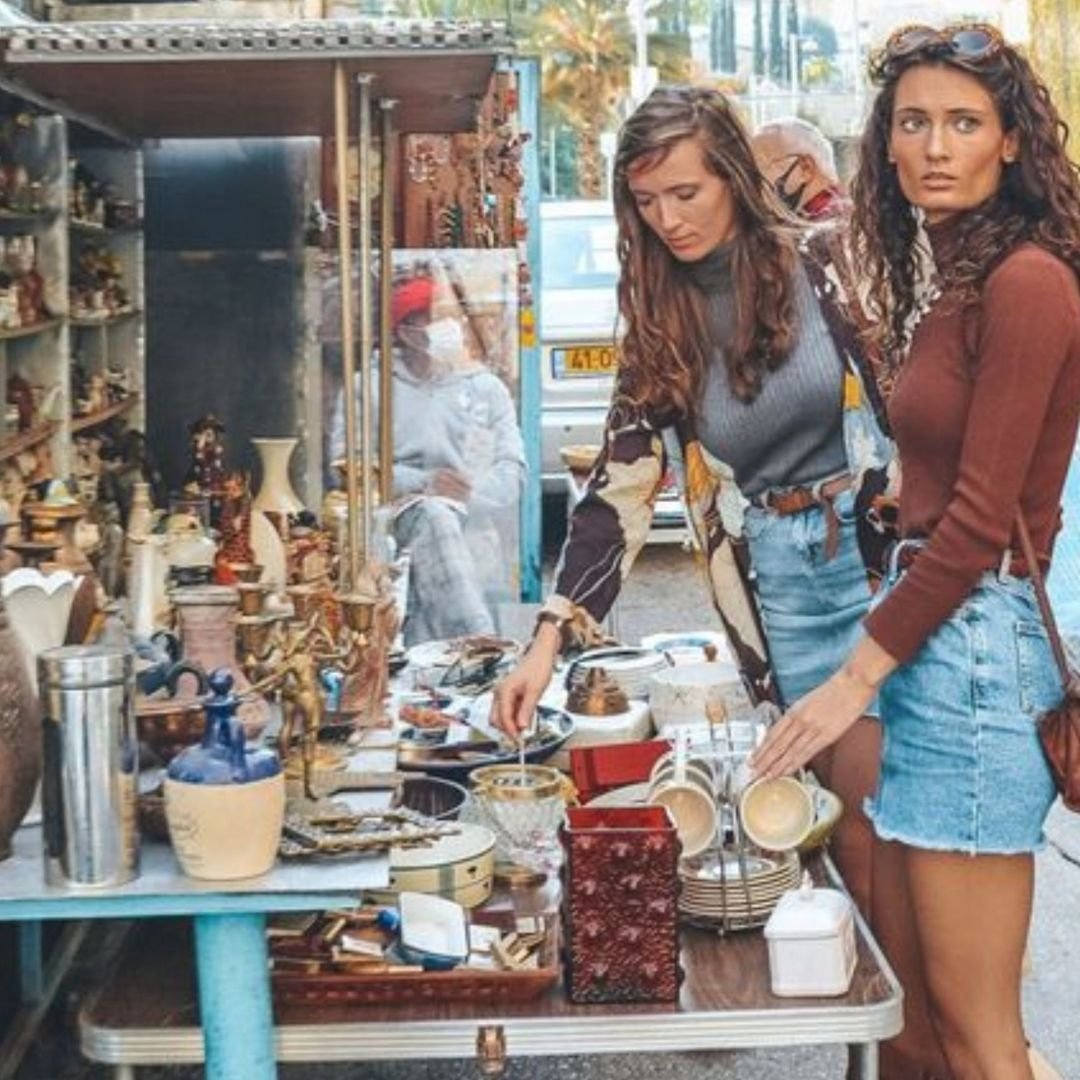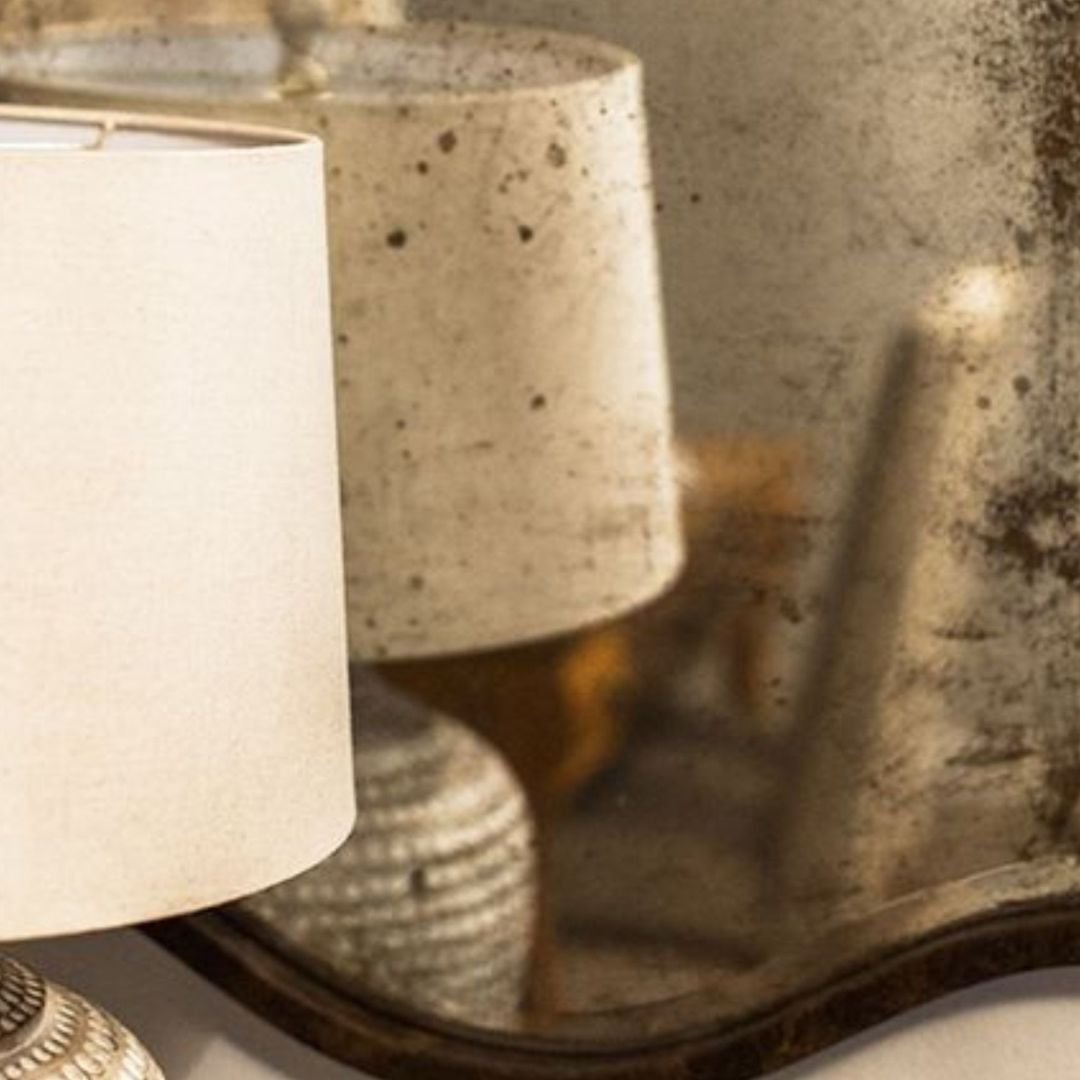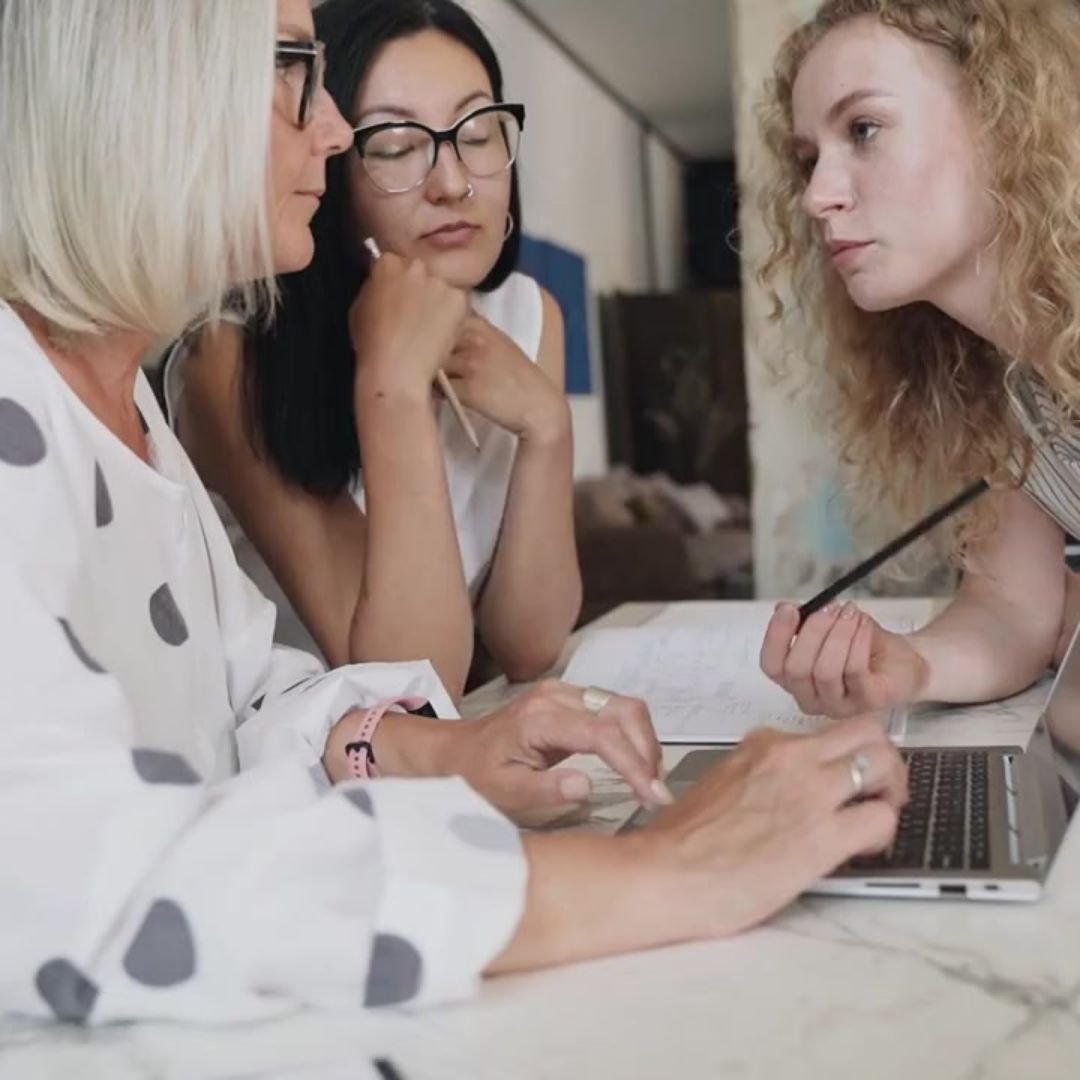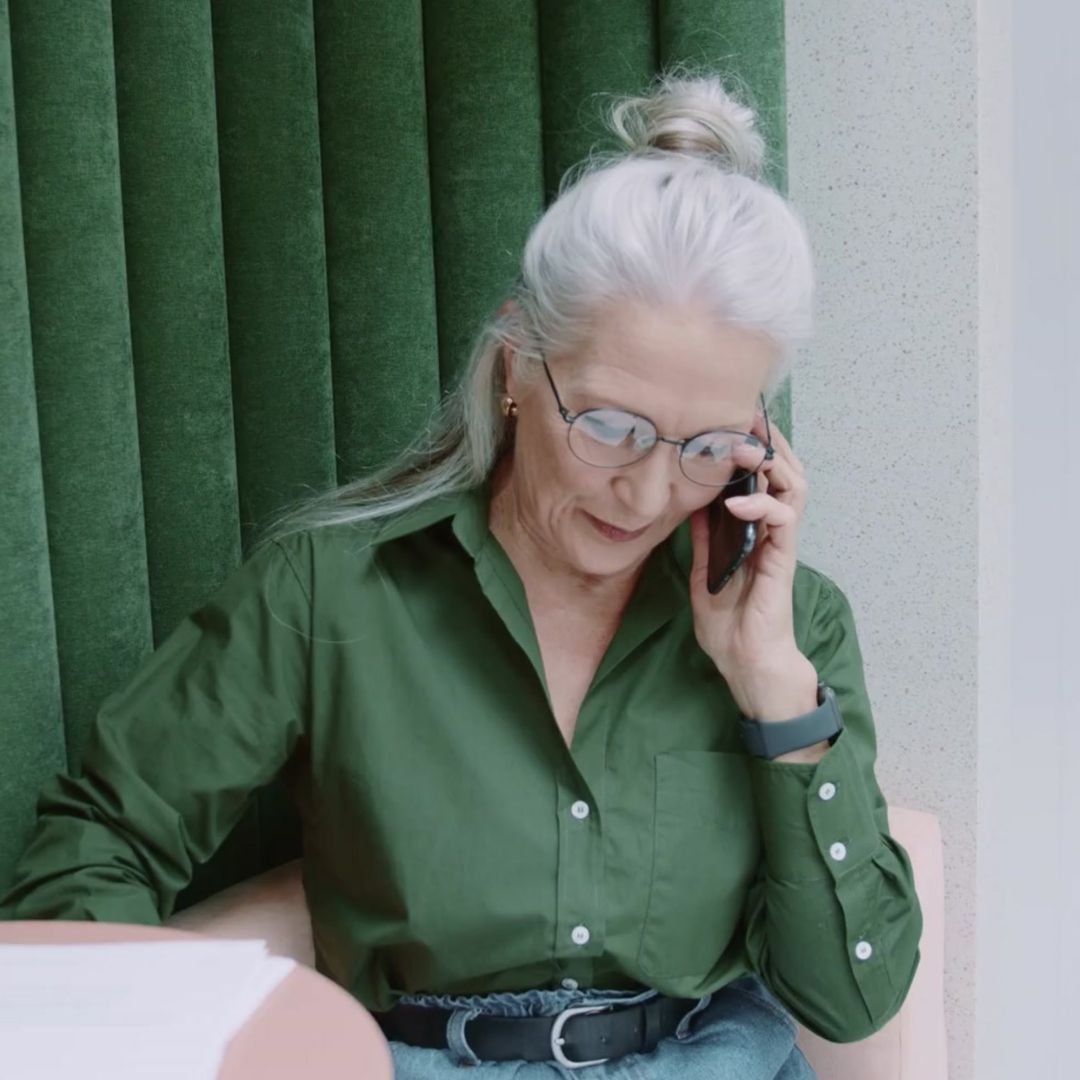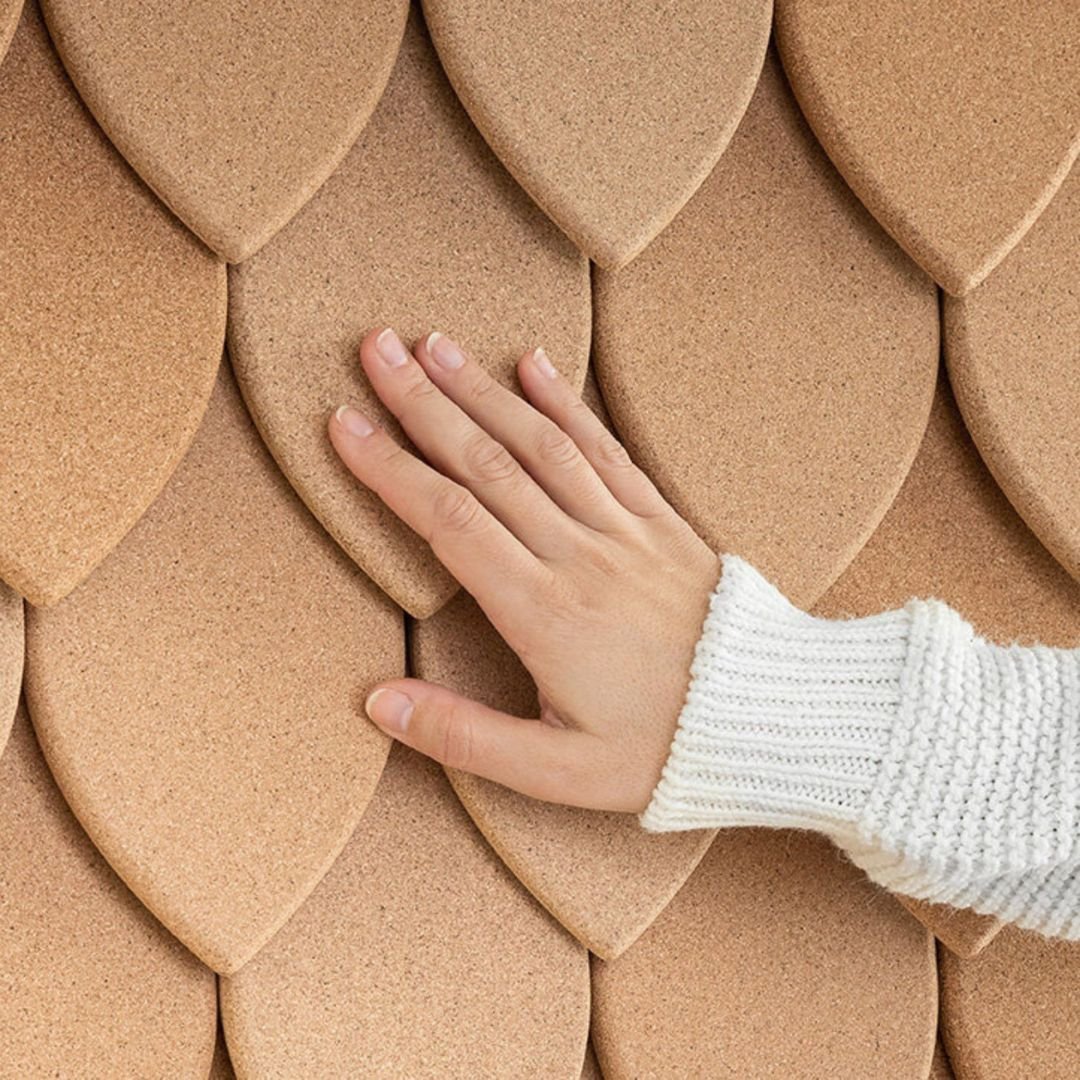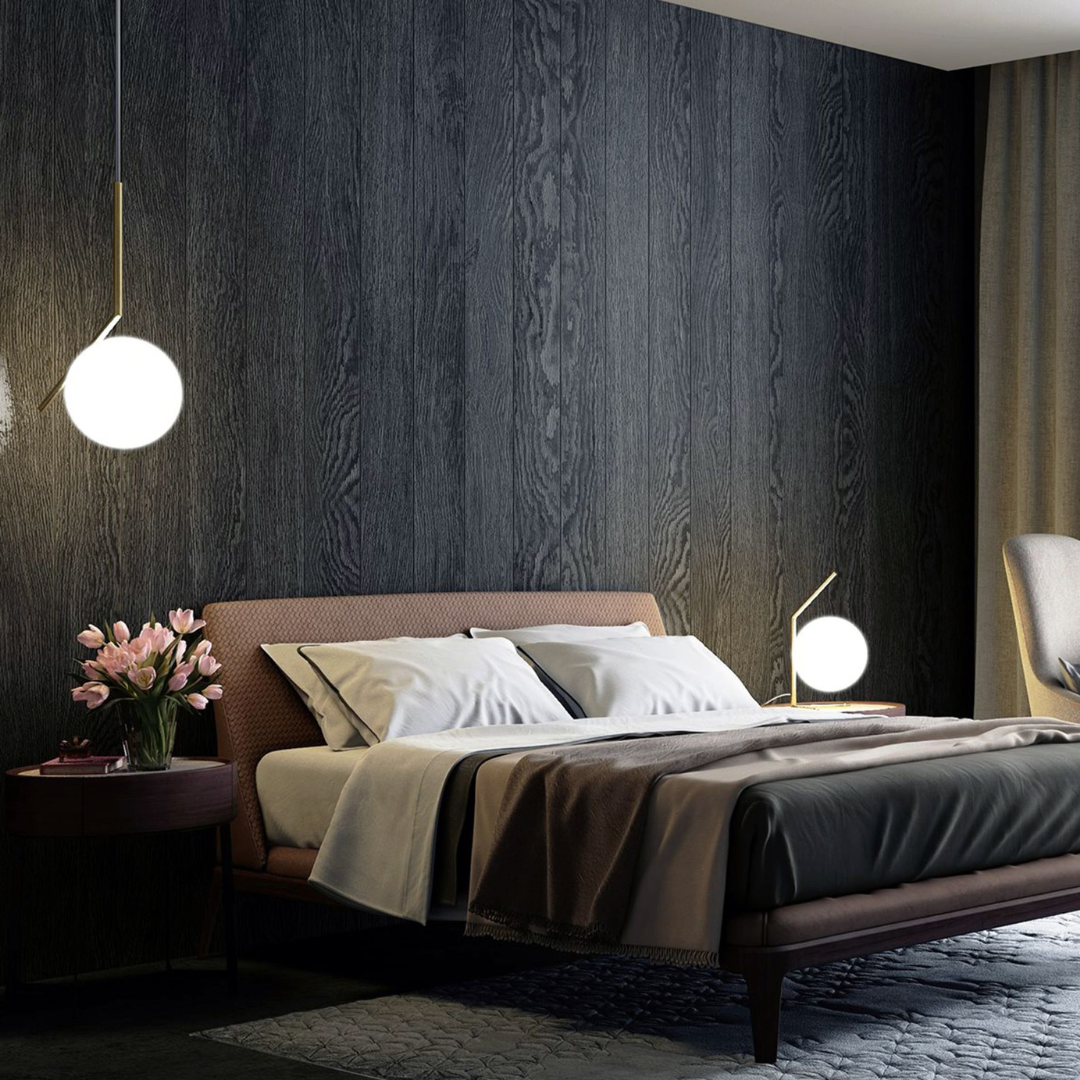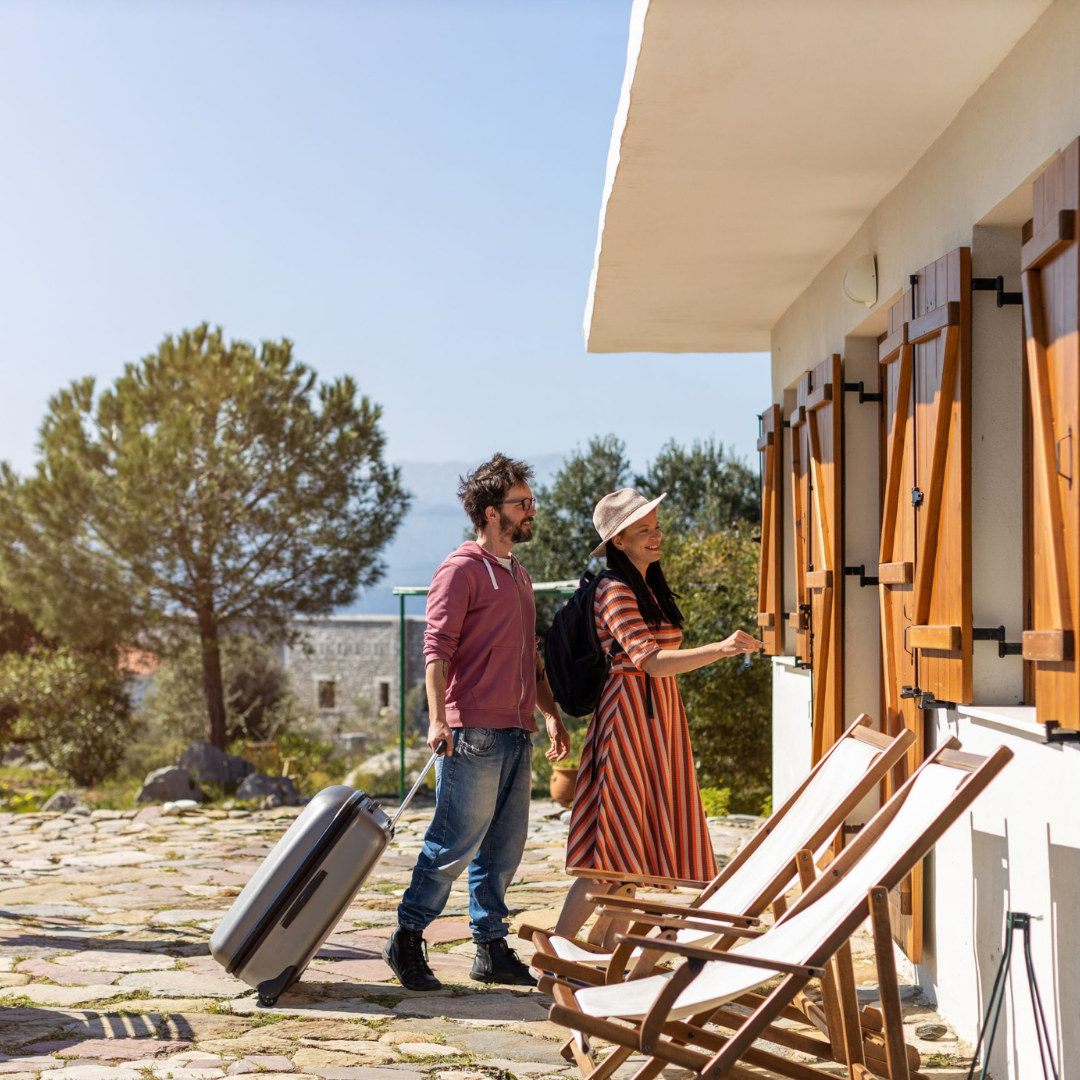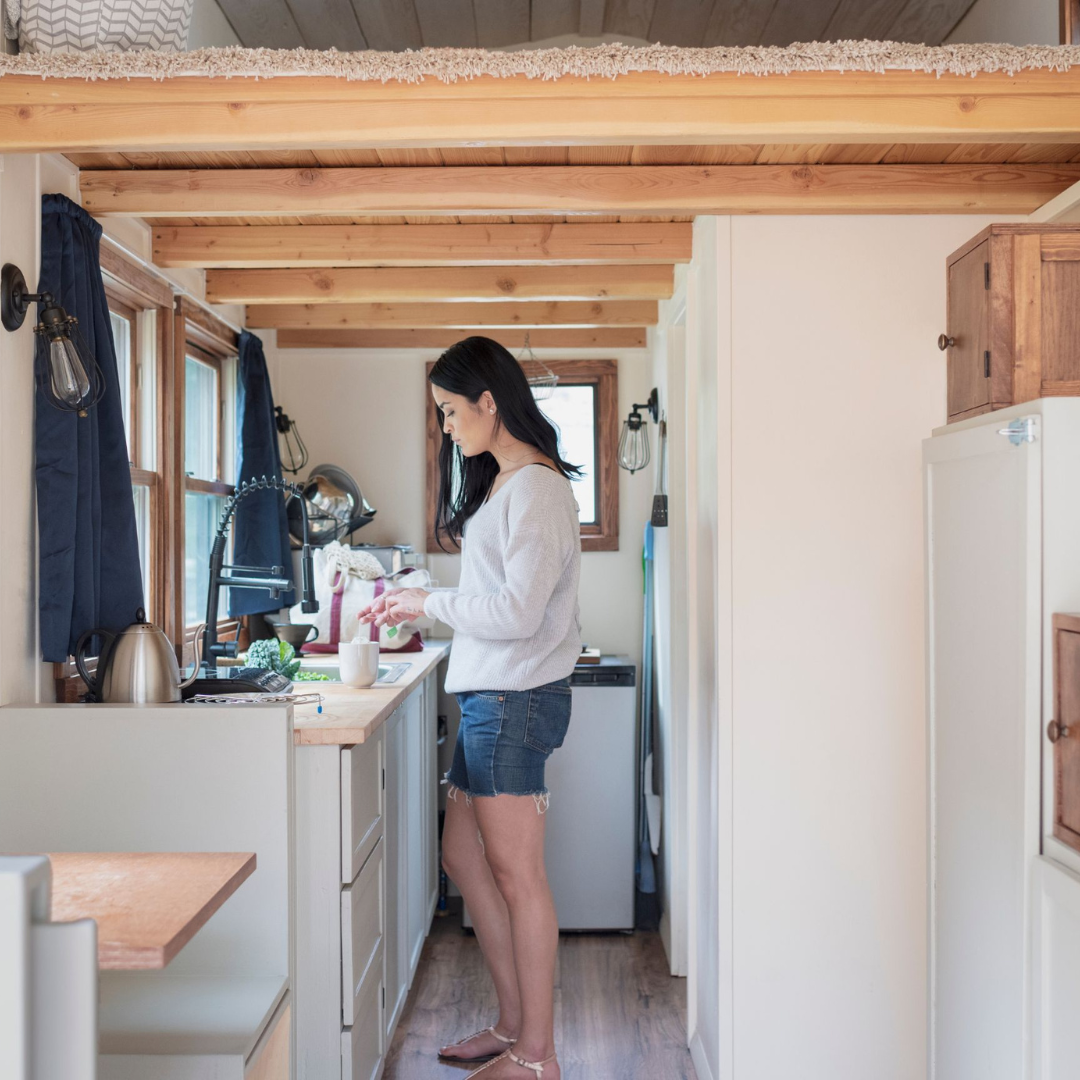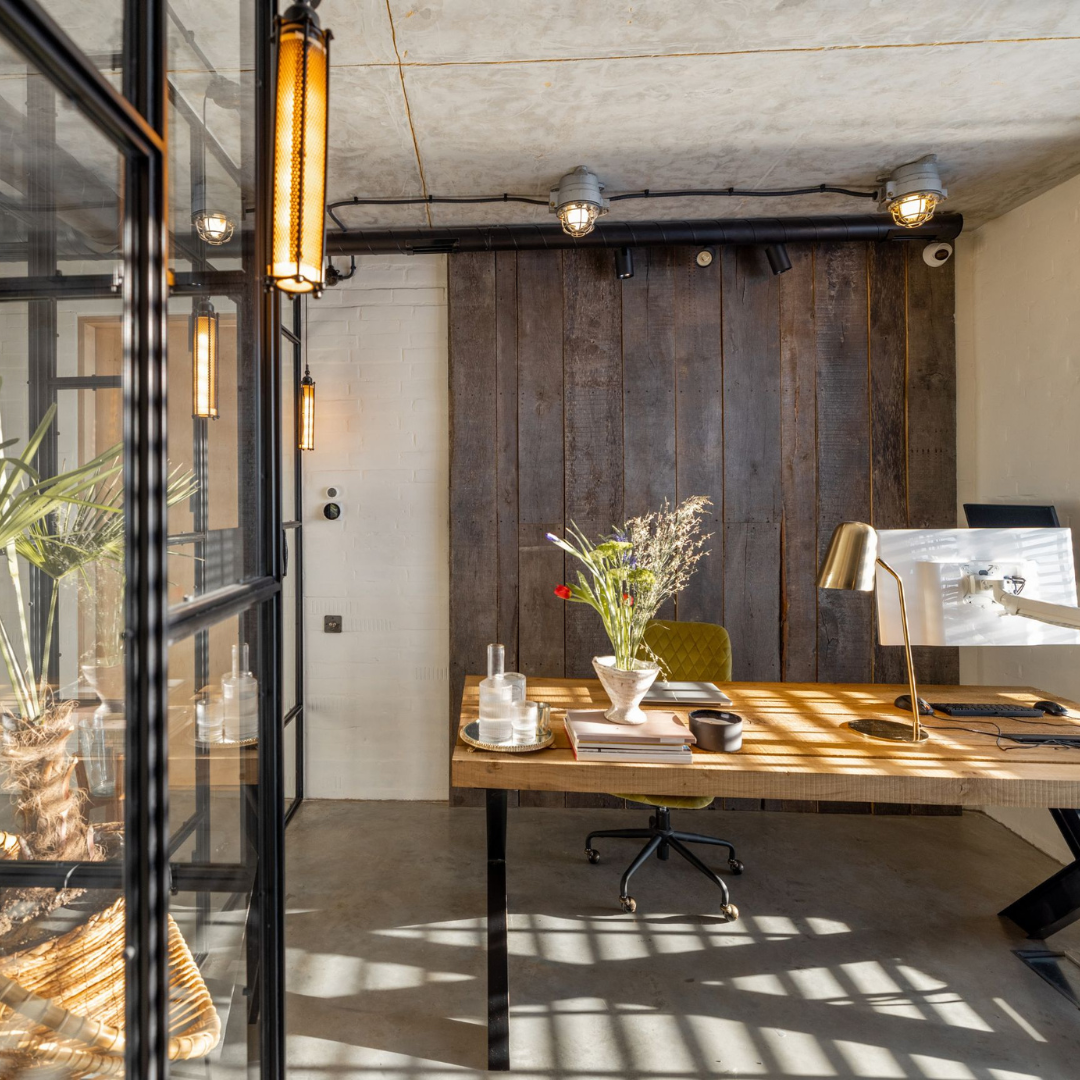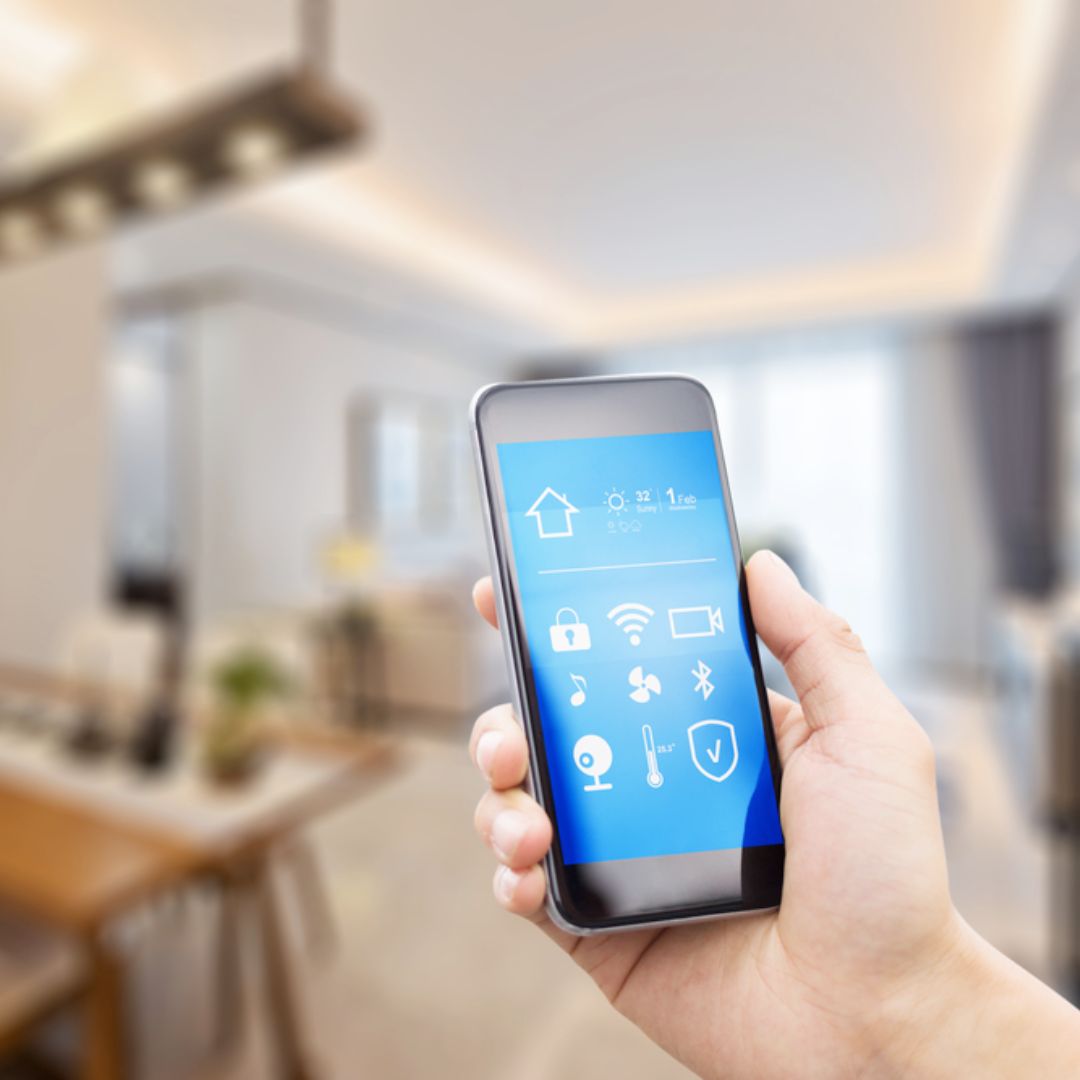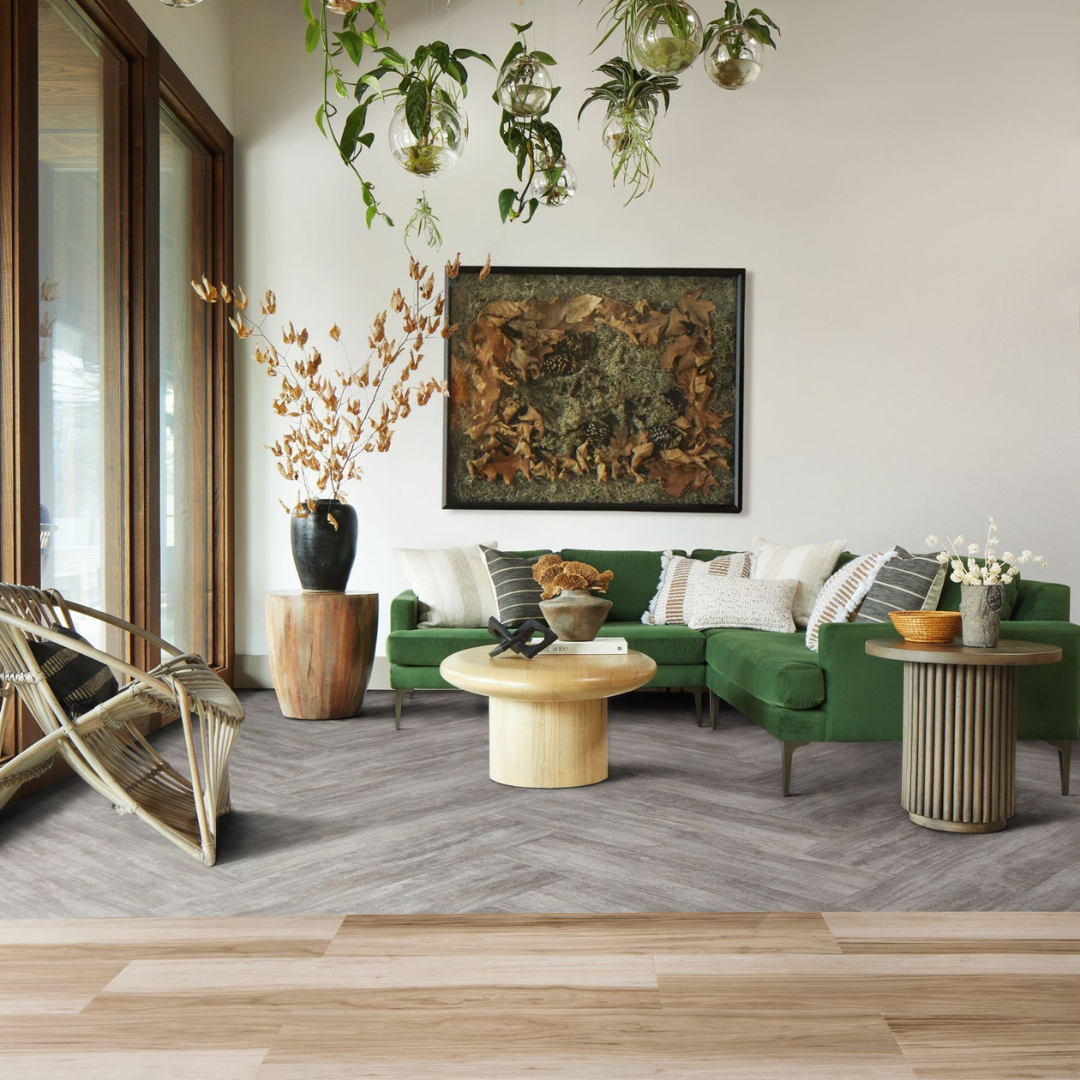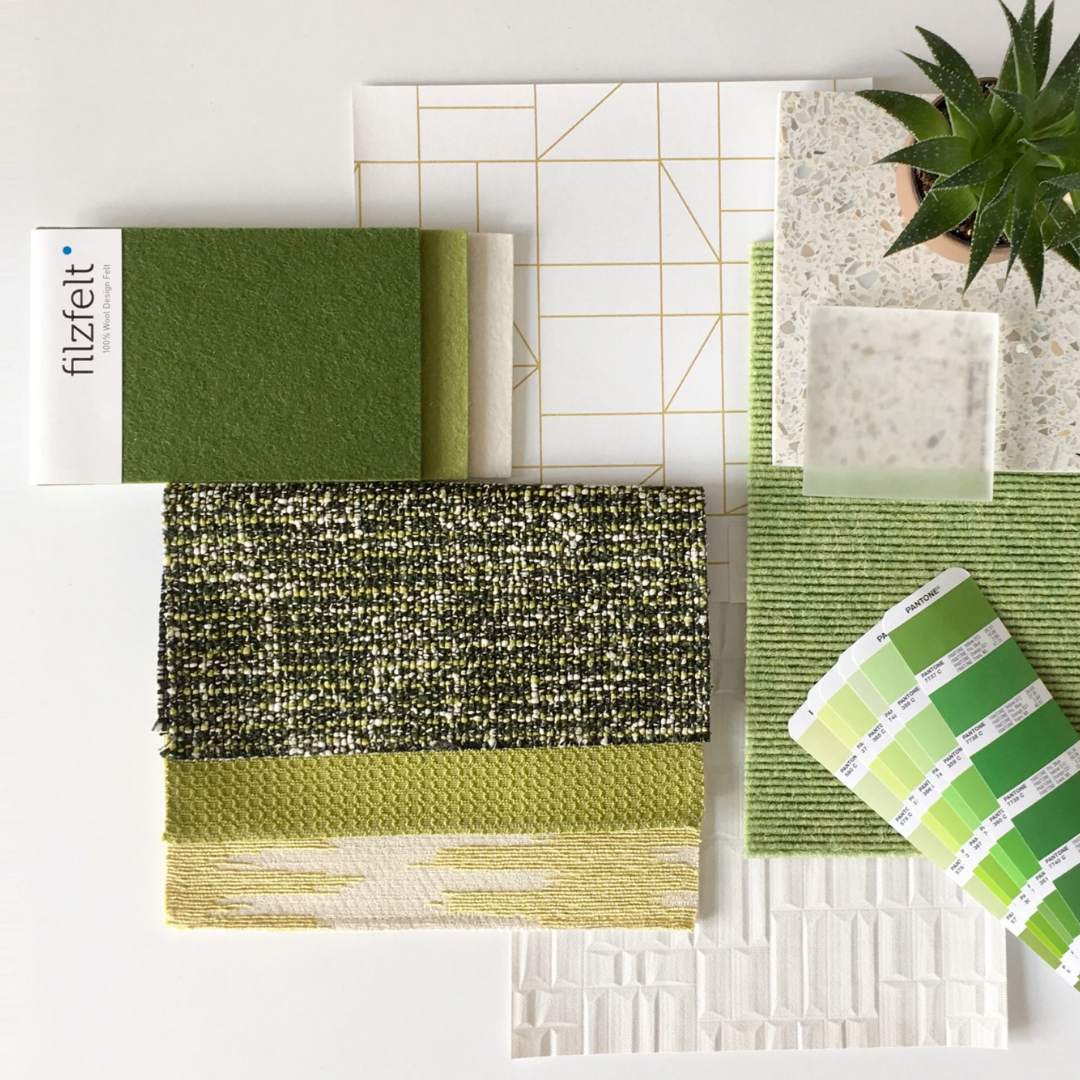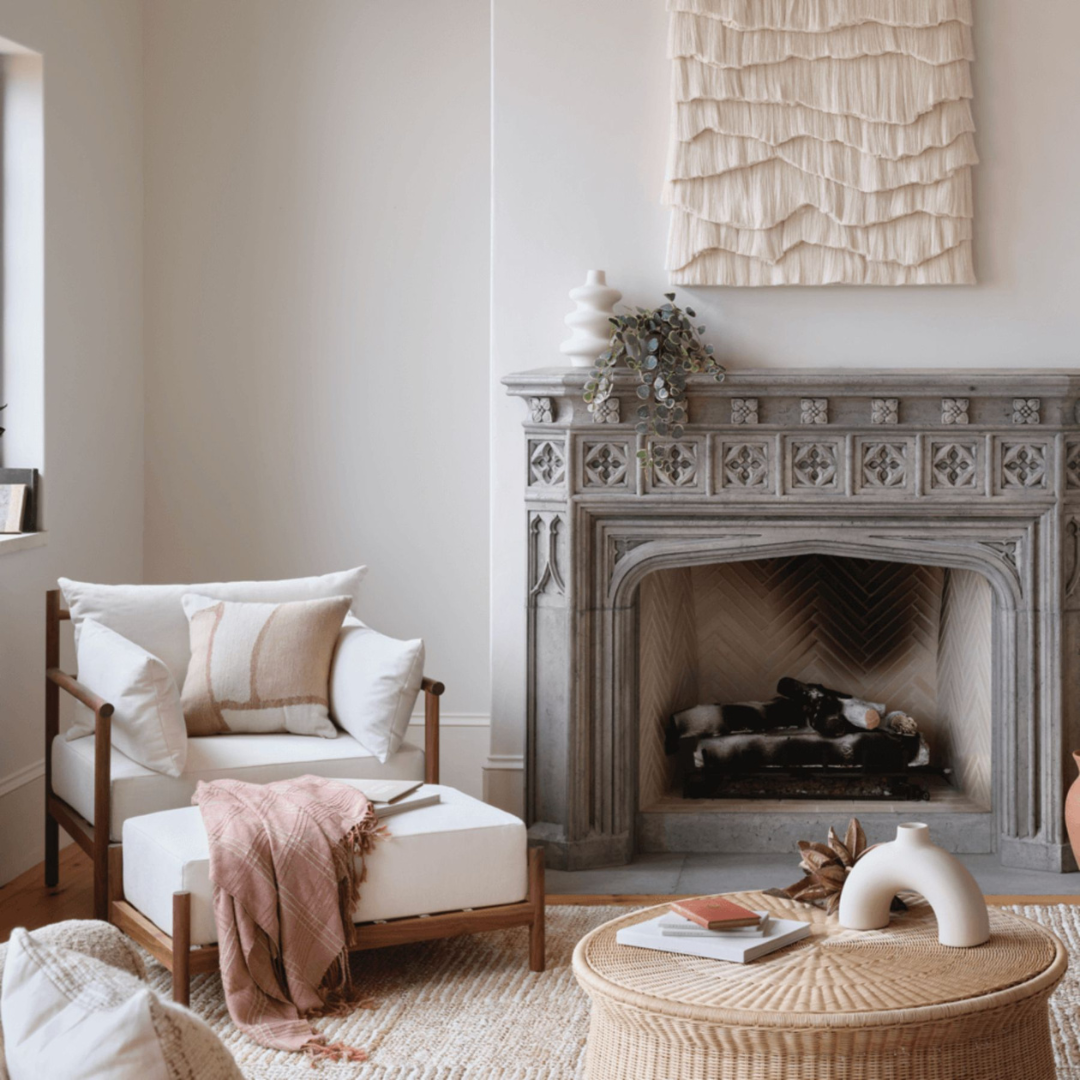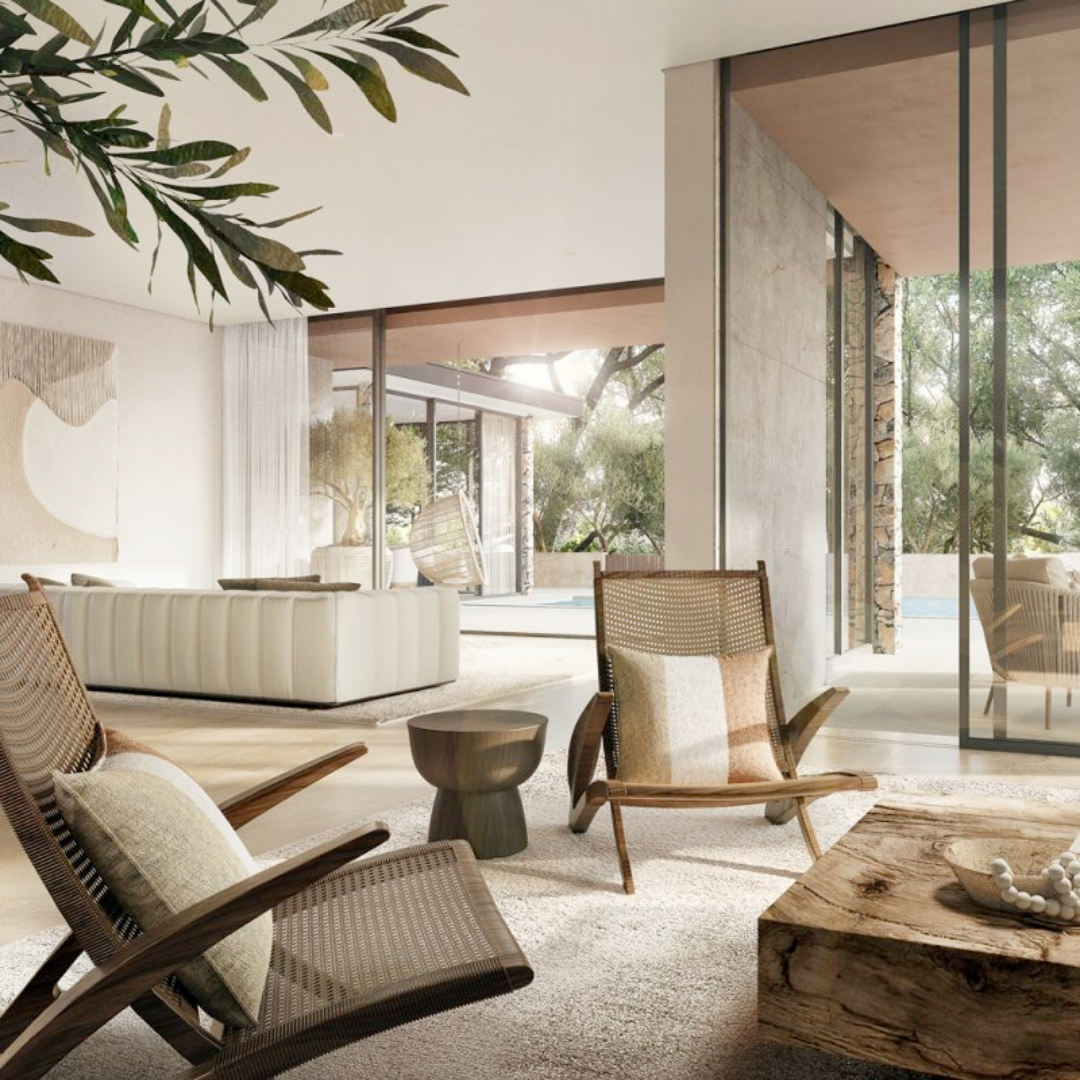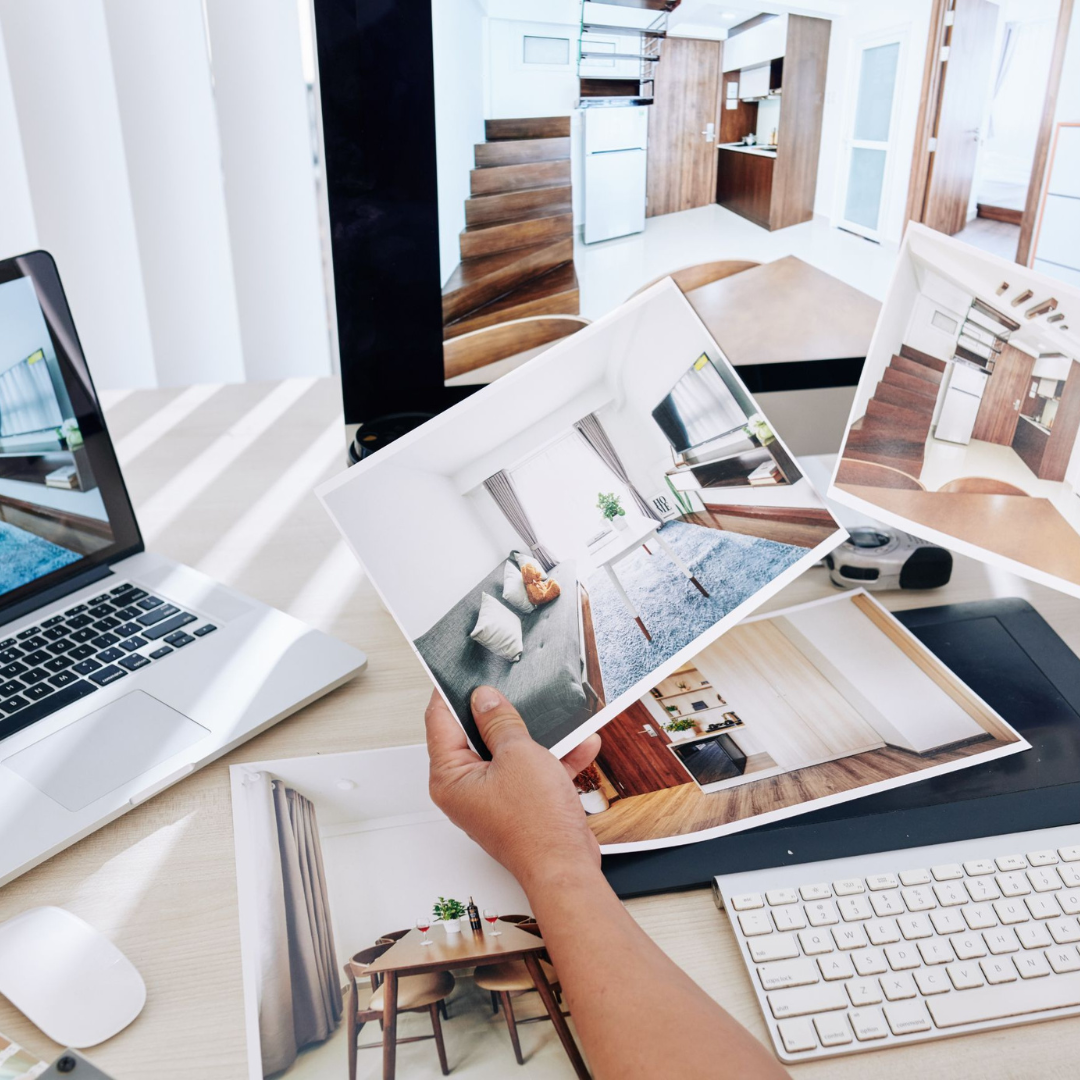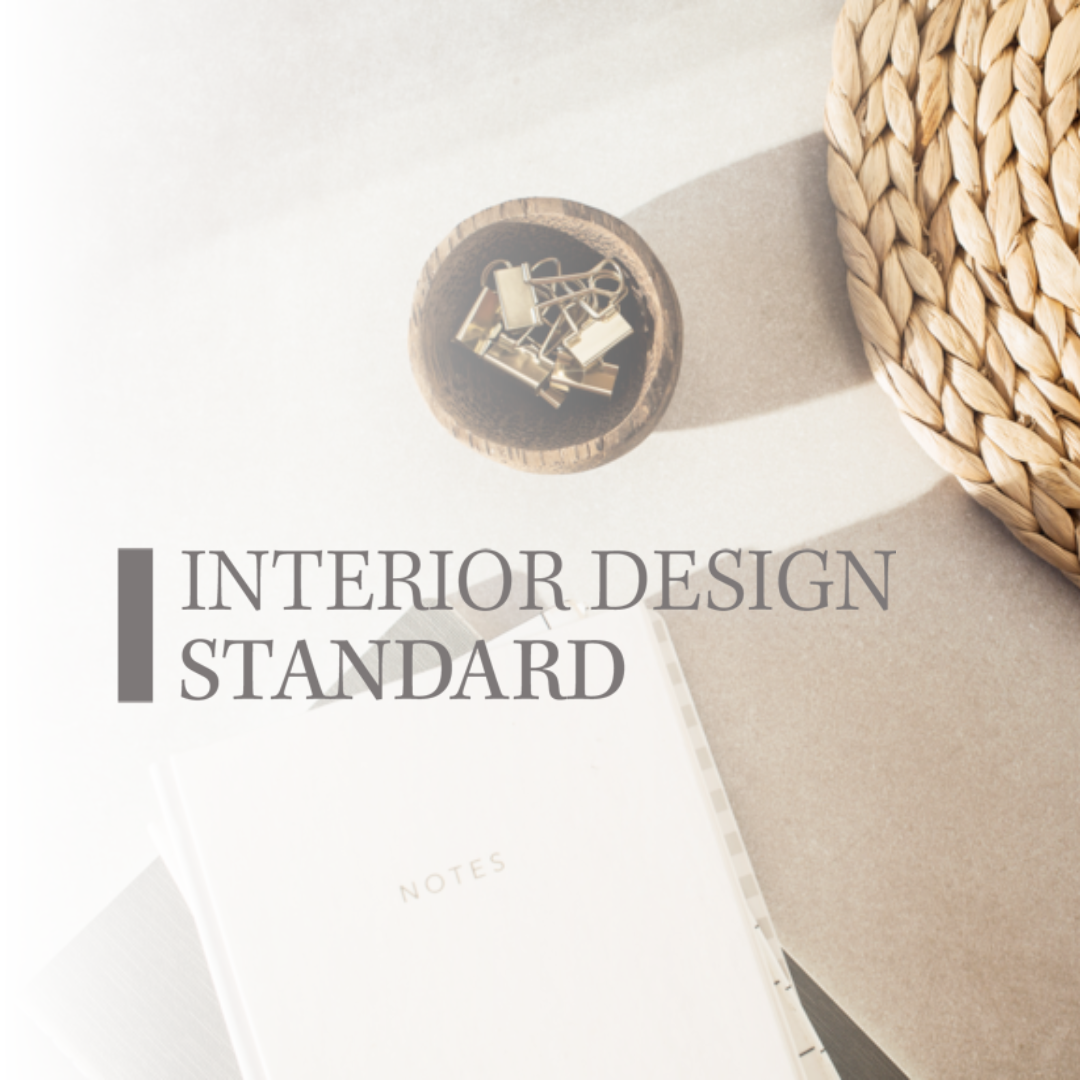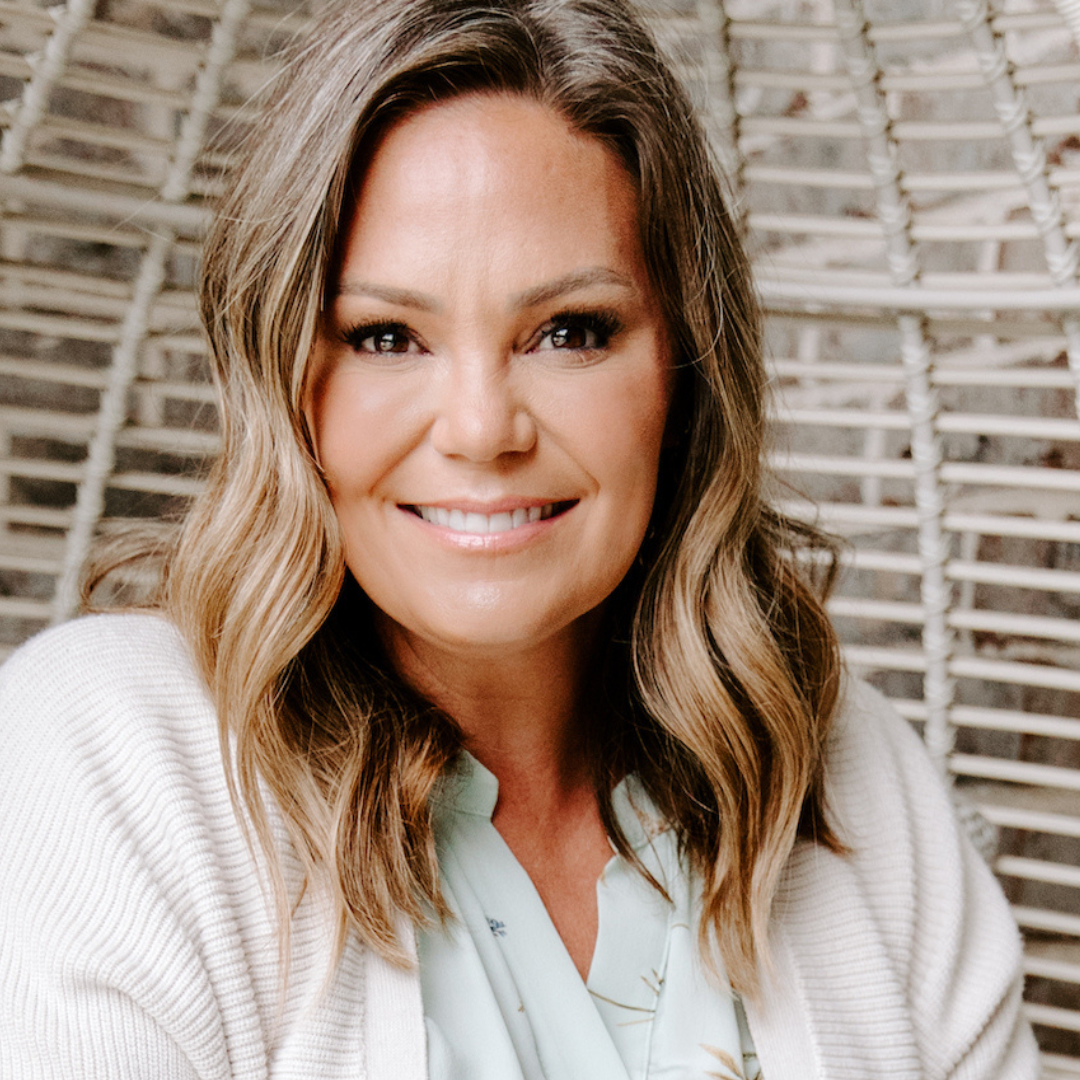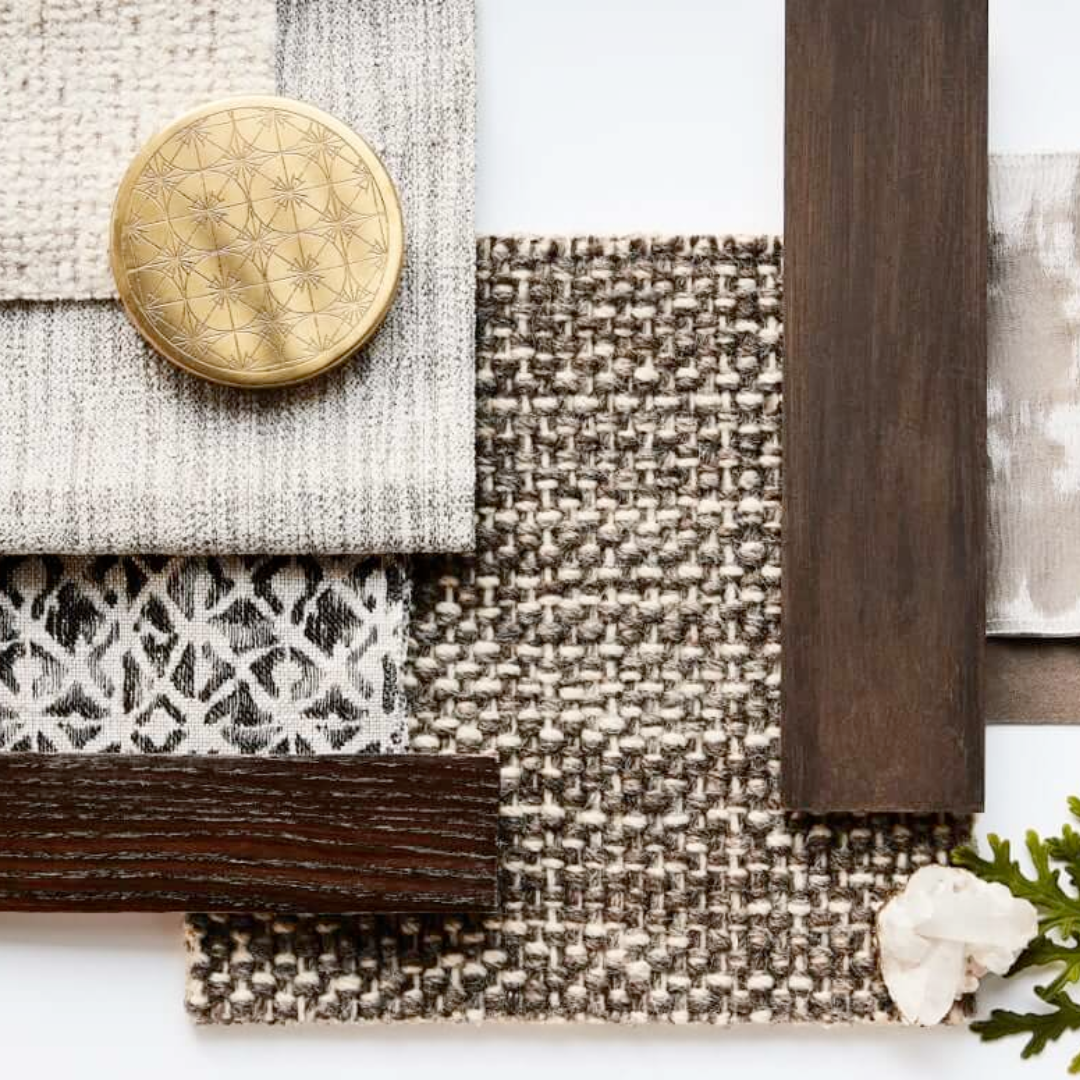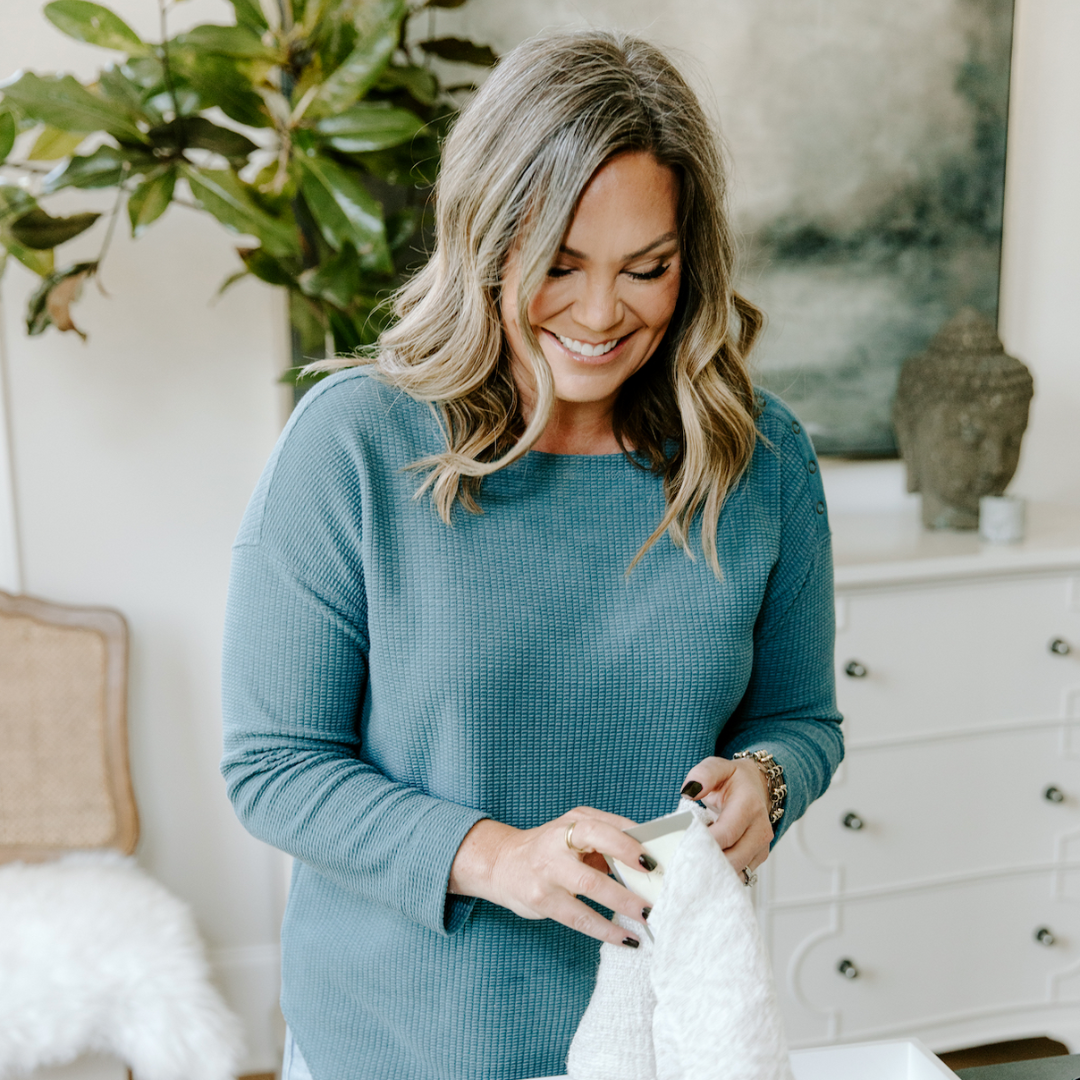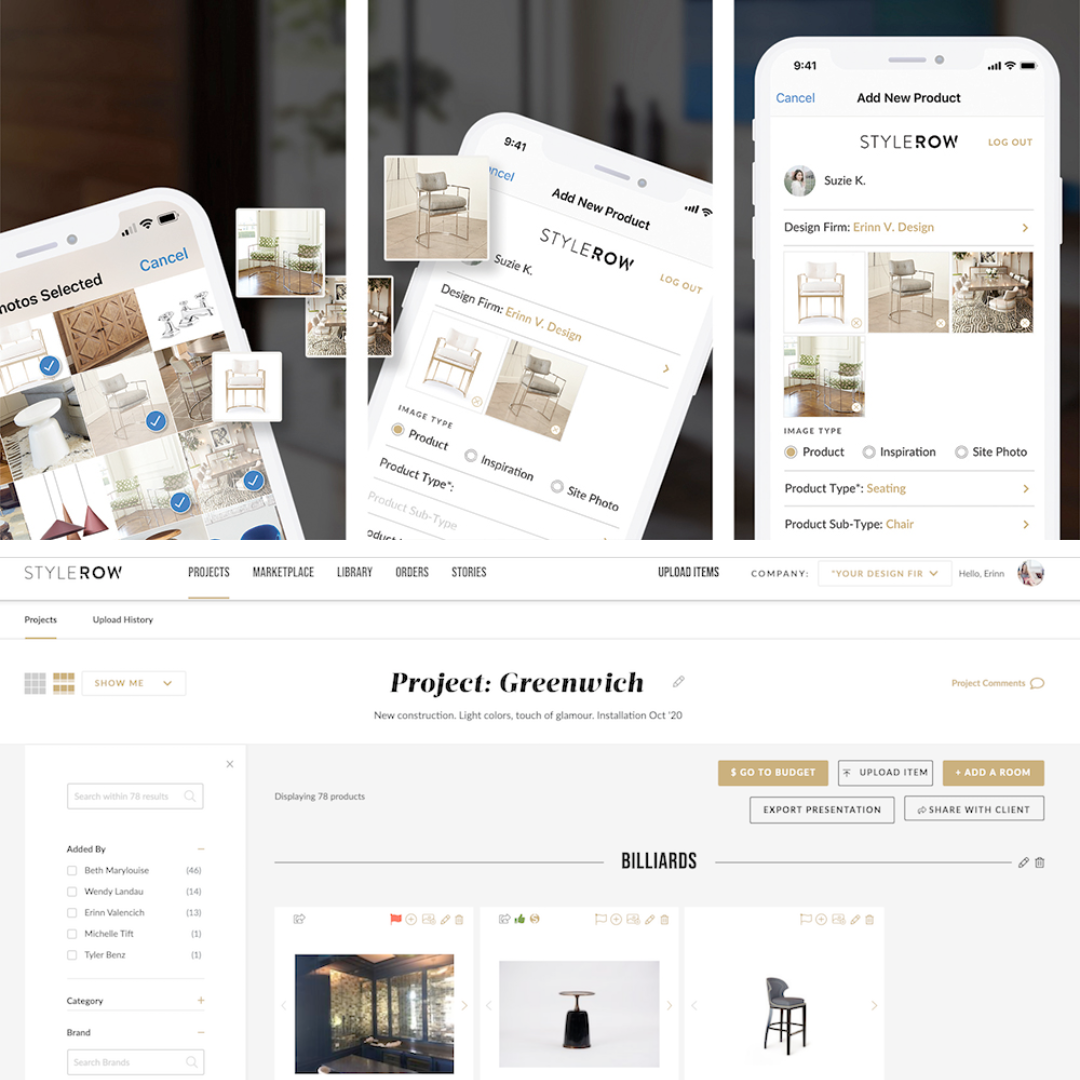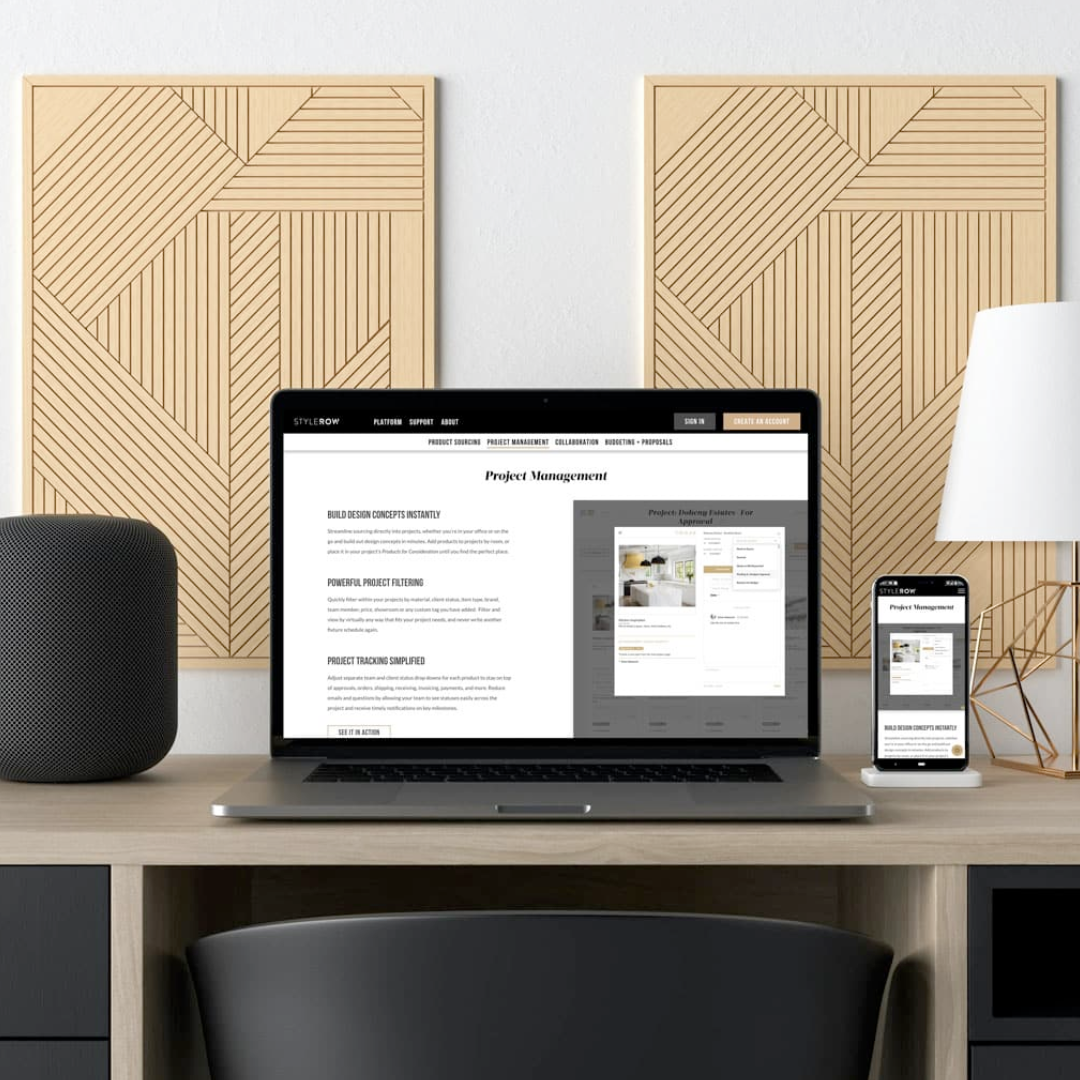Save Time with Our Prewritten Content Templates for Interior Designers
/In the world of interior design, time is precious. As a designer, you want to focus on bringing your clients' visions to life, not spending hours agonizing over blog posts and email content. That's where our prewritten content templates come in. We've curated 26 templates specifically tailored to interior designers, ready to be copied, pasted, and customized to fit your brand and business. Let's take a closer look at each template and how they can elevate your online presence effortlessly.
What is e-Design and How to Get Started
Explore the world of e-Design and learn how to seamlessly integrate it into your business model, opening up new opportunities for remote collaboration with clients.
How to Add More Luxury to Your Home
Discover tips and tricks for infusing luxury into any space, from opulent fabrics to decadent accessories, and elevate your design game.
How to Arrange a Gallery Wall
Master the art of gallery wall arrangements with step-by-step instructions and design principles to create visually stunning focal points in any room.
Where to Buy Artwork and Accessories
Navigate the vast landscape of art and accessories vendors, uncovering hidden gems and trusted suppliers to elevate your design projects.
How to Work Remotely with an Interior Designer as a Real Estate Investor
Learn how real estate investors can benefit from working with remote interior designers, maximizing property value and tenant satisfaction.
Why You Need Plants in Your Home
Delve into the world of biophilic design and discover the myriad benefits of incorporating plants into your interior spaces, from improved air quality to enhanced well-being.
Timeless Kitchens and Baths
Uncover timeless design principles for kitchens and baths that transcend trends, creating spaces that stand the test of time and delight clients for years to come.
How to Choose the Right-Sized Rug
Master the art of rug selection with practical tips and guidelines to ensure the perfect fit for any space, enhancing comfort and visual appeal.
Thank You for Subscribing
Craft the perfect thank-you message for new subscribers, fostering a sense of appreciation and engagement from the moment they join your community.
Latest Design Trends for Current Times
Stay ahead of the curve with insights into the latest design trends shaping the industry, inspiring fresh ideas and innovative solutions for your projects.
How to Choose the Right Paint Sheen
Navigate the world of paint finishes with confidence, understanding the characteristics of each sheen and how to choose the perfect one for your design scheme.
Is Hiring an Interior Designer Worth It
Address common misconceptions and demonstrate the value of hiring an interior designer, empowering potential clients to make informed decisions about their design projects.
How to Choose the Right Paint Color
Unlock the secrets of color theory and learn how to select the perfect paint colors to achieve your desired aesthetic and ambiance.
New Standards of Working Together
Explore evolving industry standards and best practices for collaboration between designers, clients, and other stakeholders in today's digital landscape.
Client Review Request
Craft a compelling request for client reviews, leveraging positive feedback to enhance your reputation and attract new business opportunities.
Popular Styling Pieces
Highlight must-have styling pieces that add personality and flair to any interior space, inspiring clients to invest in statement-making decor elements.
How to Hang Curtains
Demystify the process of curtain hanging with practical tips and techniques for achieving perfect drapery installations every time.
5 Easy Steps to Update Your Living Room
Transform any living room with five simple yet impactful updates, breathing new life into tired spaces and delighting clients with fresh design concepts.
How to Style a Console Table
Unlock the potential of console tables as versatile design elements, mastering the art of styling to create captivating vignettes that enhance any room.
Stylish Outlet and Switch Plate Covers
Elevate the often-overlooked details of outlet and switch plate covers with stylish alternatives that seamlessly integrate into your design scheme.
The Best Places to Buy Plants
Discover top destinations for sourcing quality plants and greenery, ensuring access to premium botanicals for your design projects.
Finishing Touches to Complete Any Room
Explore the transformative power of finishing touches, from decorative accents to functional elements, that elevate interior spaces to new heights of sophistication.
The Best Countertop Options Right Now
Stay informed about the latest countertop materials and trends, guiding clients towards durable, stylish options that meet their design and lifestyle needs.
Fabric 101
Dive into the world of fabrics with a comprehensive guide to different types, textures, and uses, empowering you to make informed decisions about upholstery and soft furnishings.
How High to Hang Art
Master the art of art placement with expert guidance on the optimal height for hanging artwork, ensuring maximum impact and visual harmony in any space.
How to Select Window Coverings
Navigate the myriad options for window coverings with confidence, from curtains to blinds, discovering the perfect solutions to enhance privacy, light control, and aesthetics.
Our prewritten content templates are more than just ready-made resources – they're invaluable tools that save you time, spark creativity, and elevate your online presence. Whether you're a seasoned pro or just starting out, our templates are fully customizable to fit your niche and aesthetic, ensuring that your brand shines through in every blog post and email. Keep your customers informed and intrigued, and let your passion for design shine with our effortlessly accessible templates. Unlock your creativity today!
Check out all of these templates here:
Happy Designing!
xx, Danae































